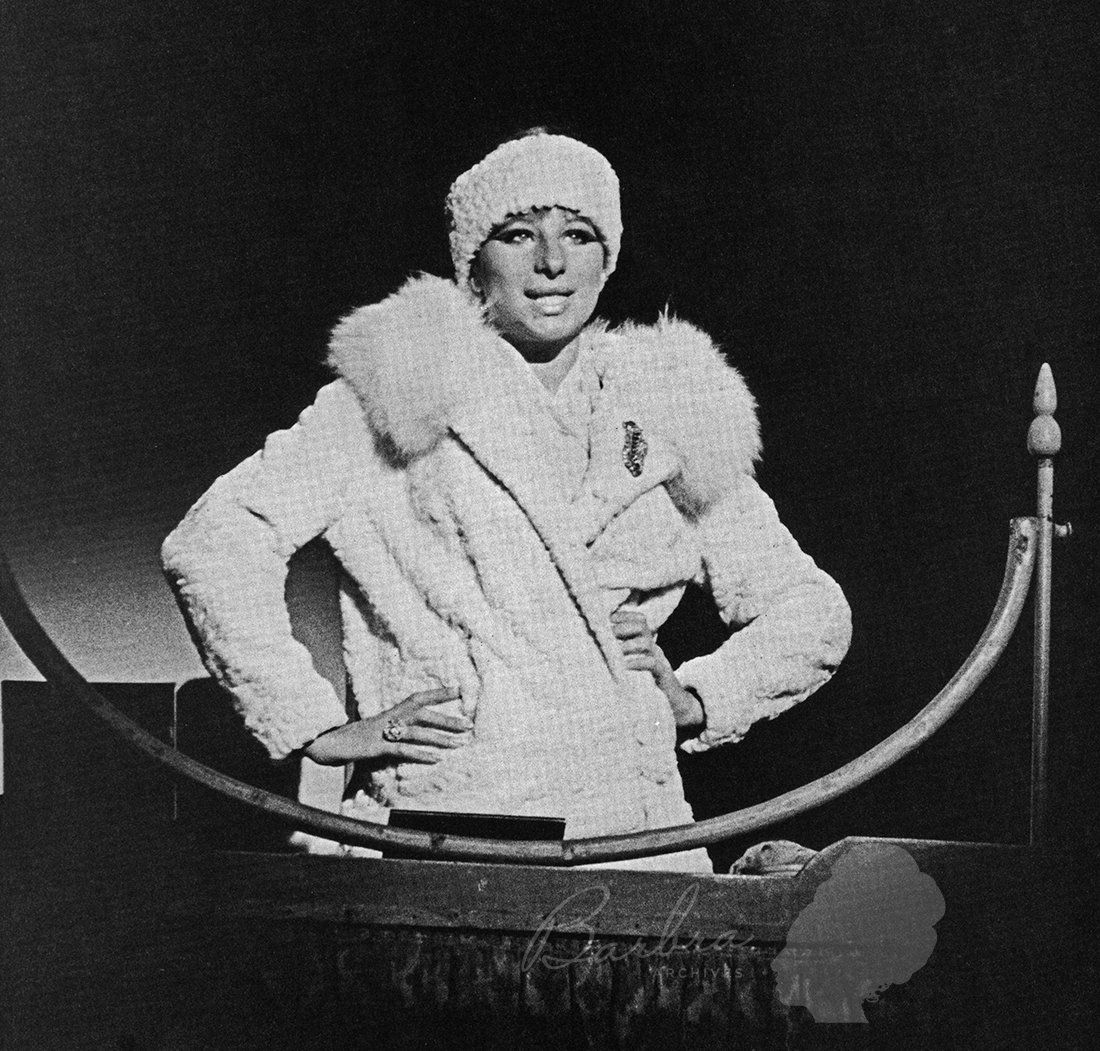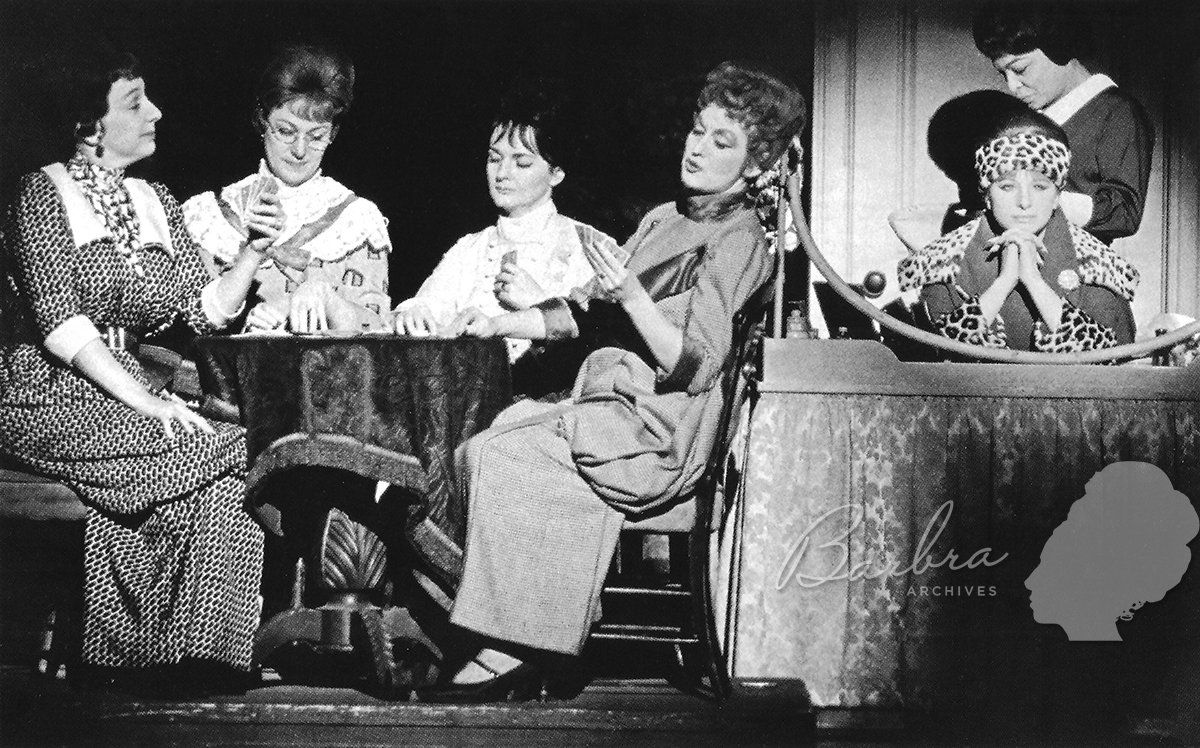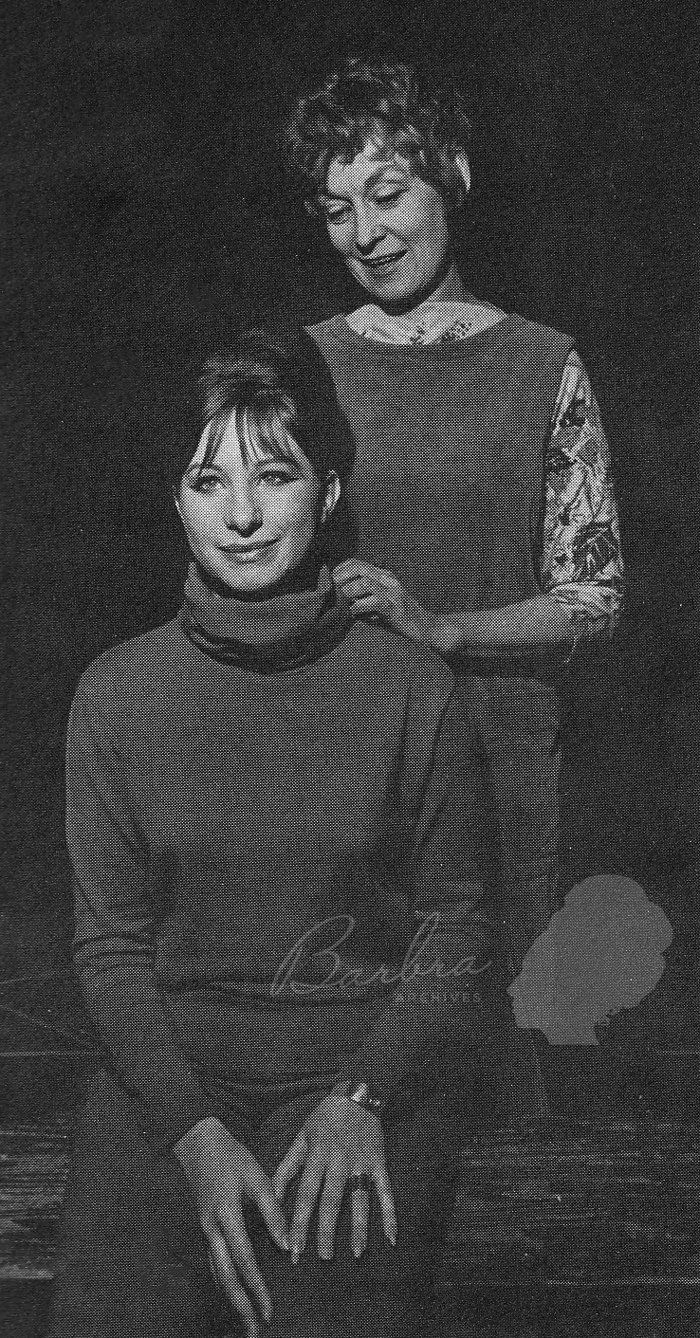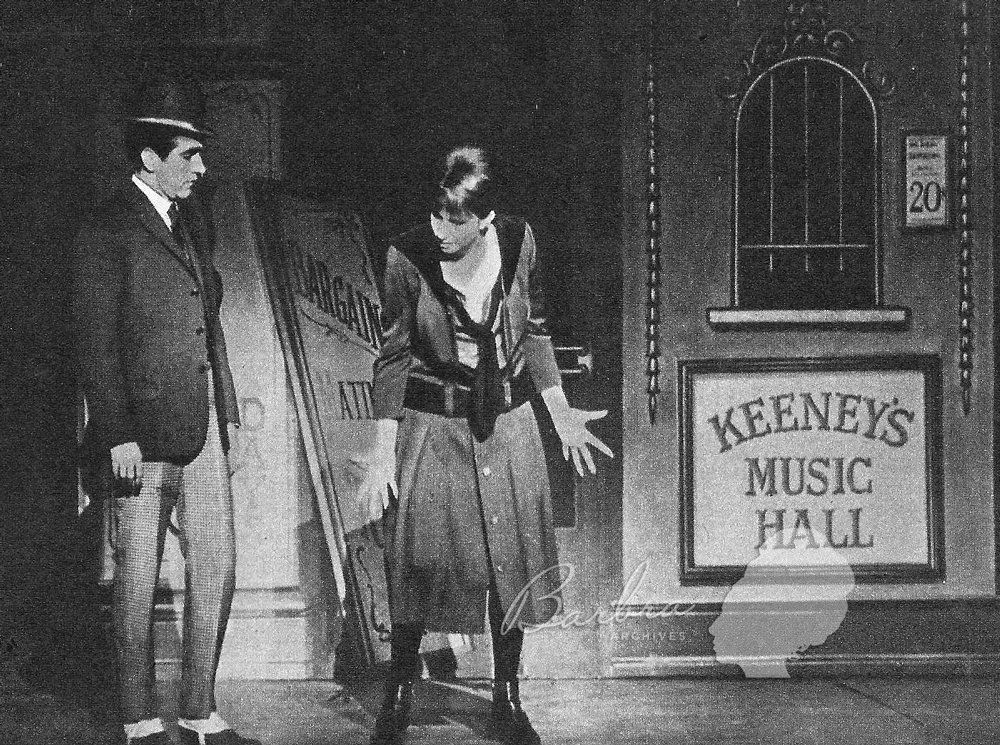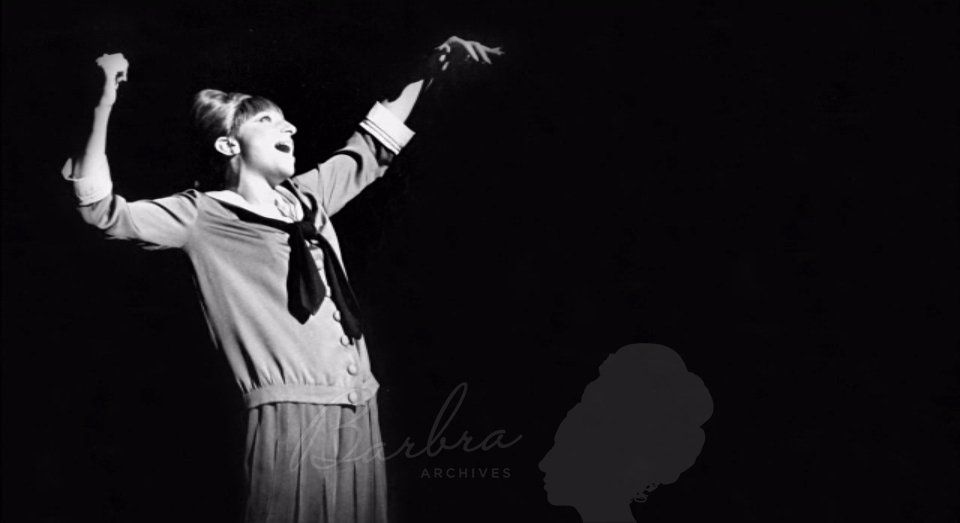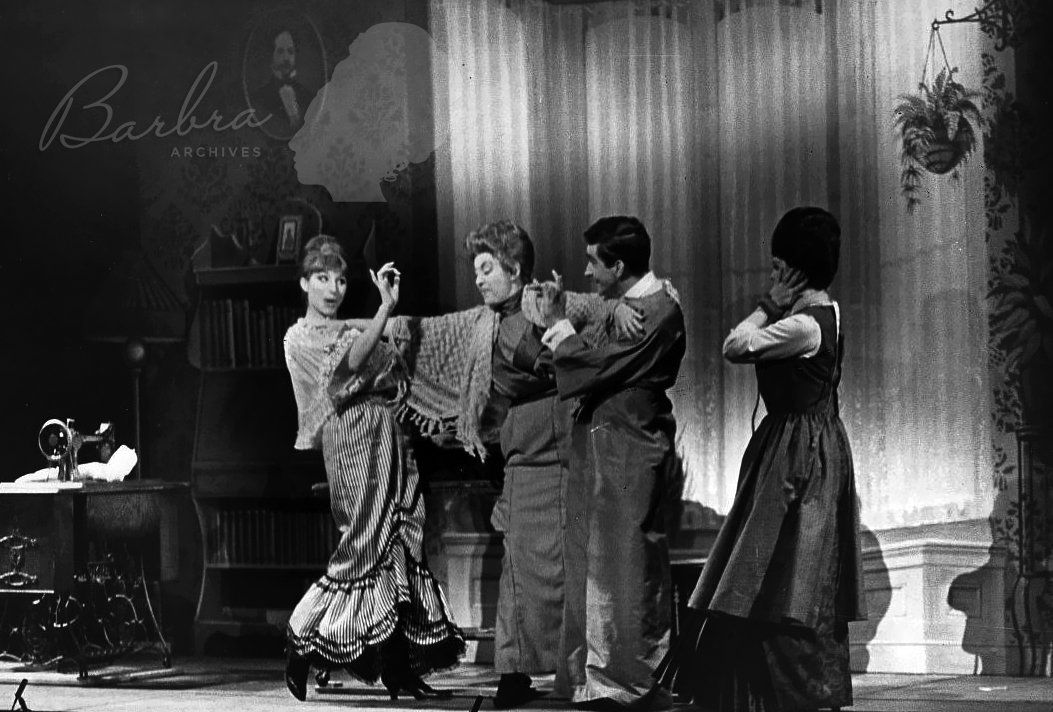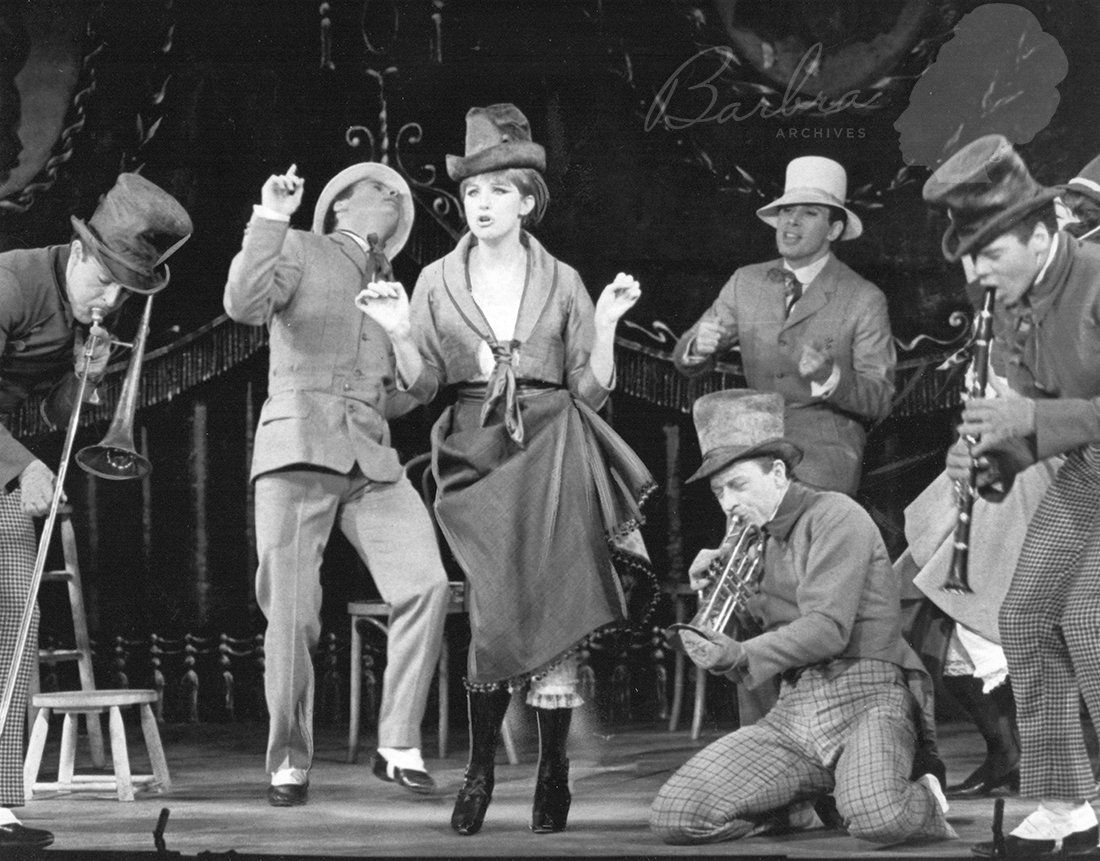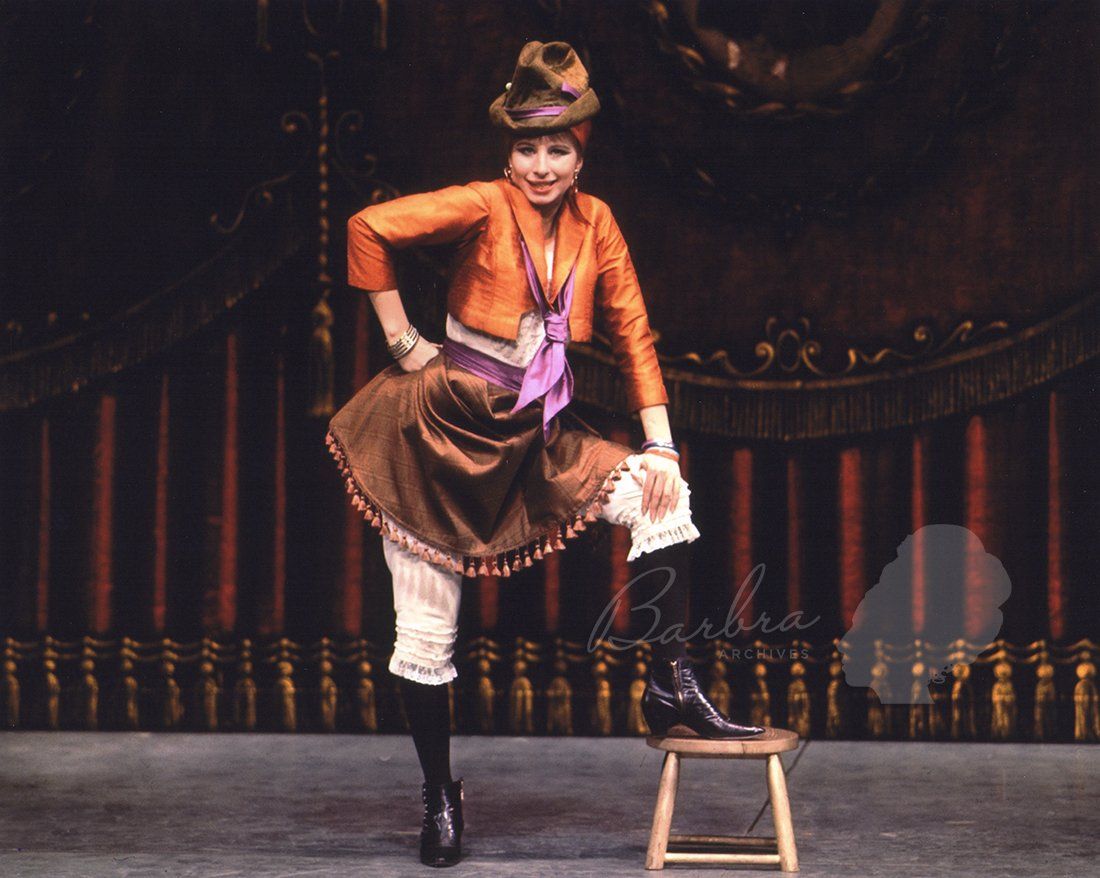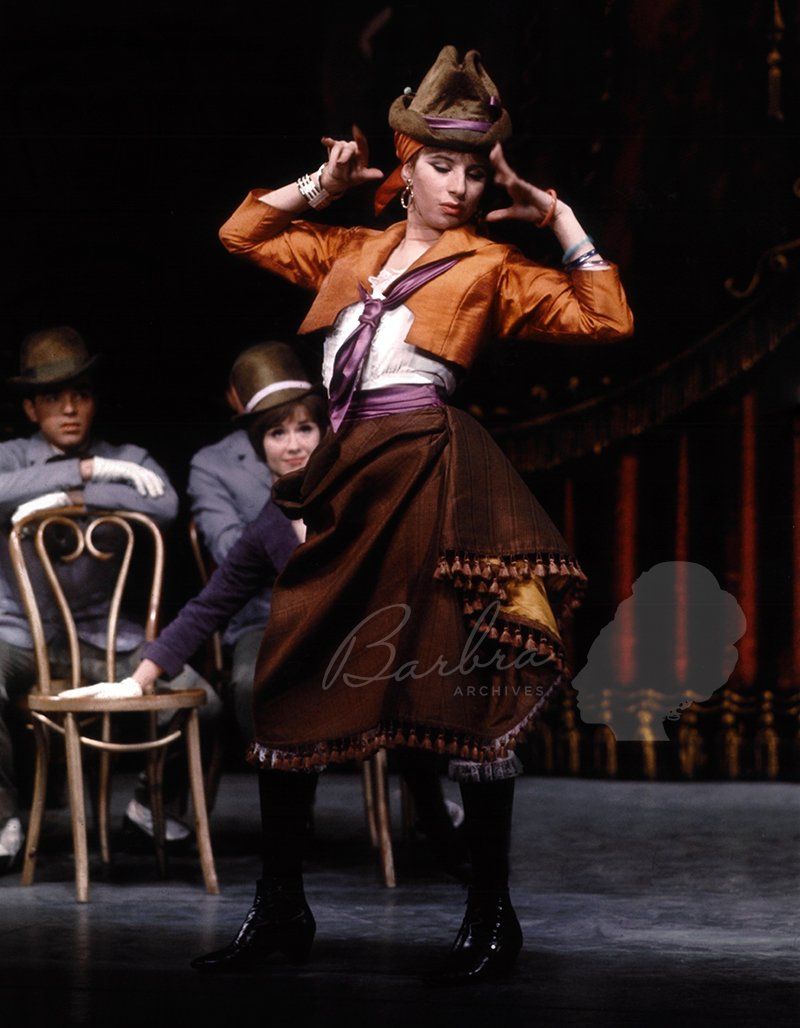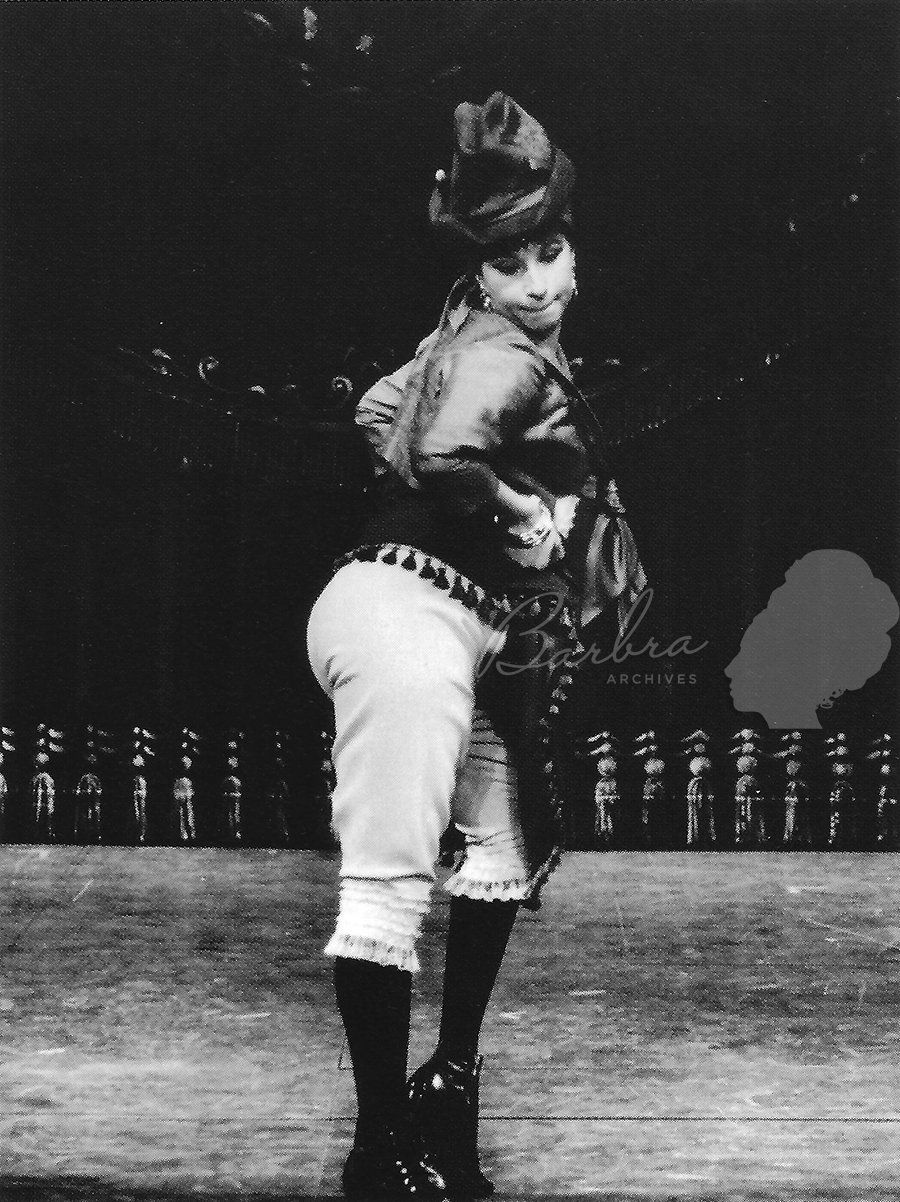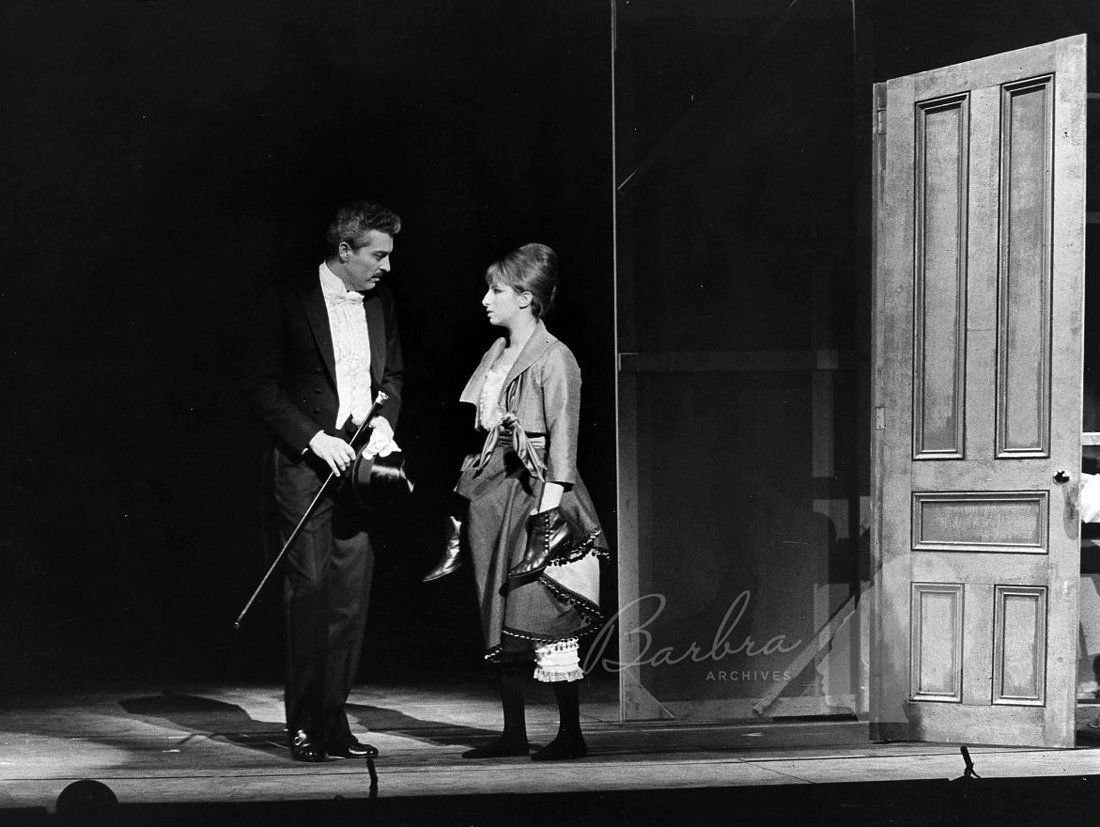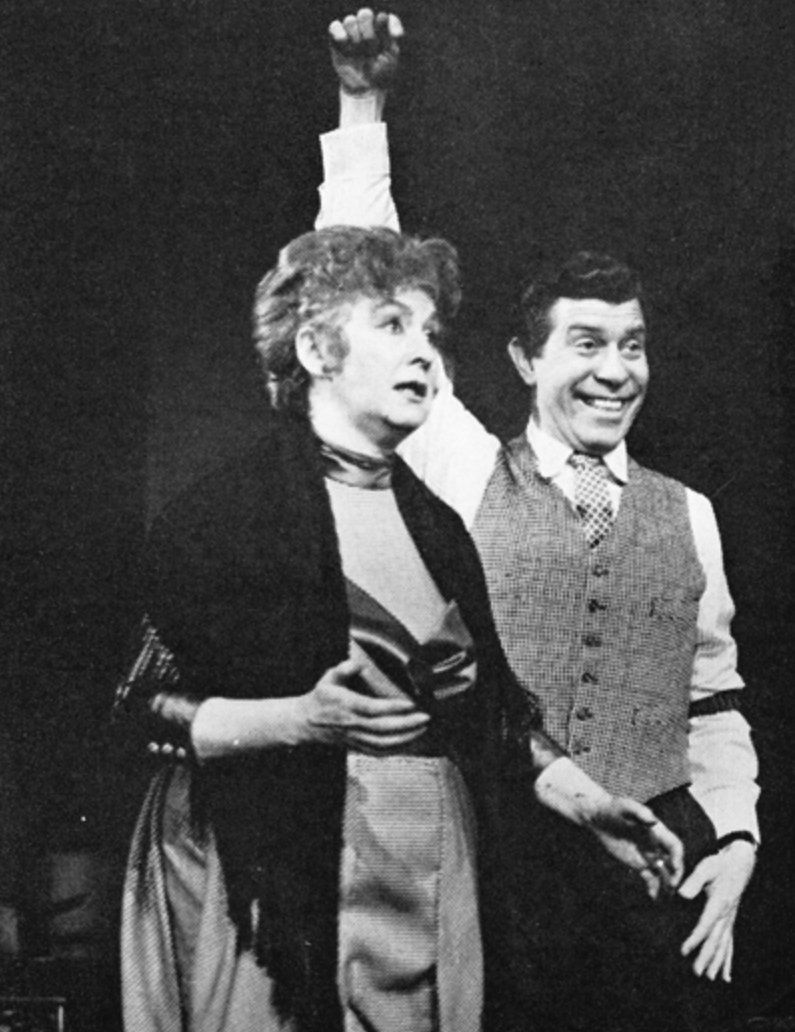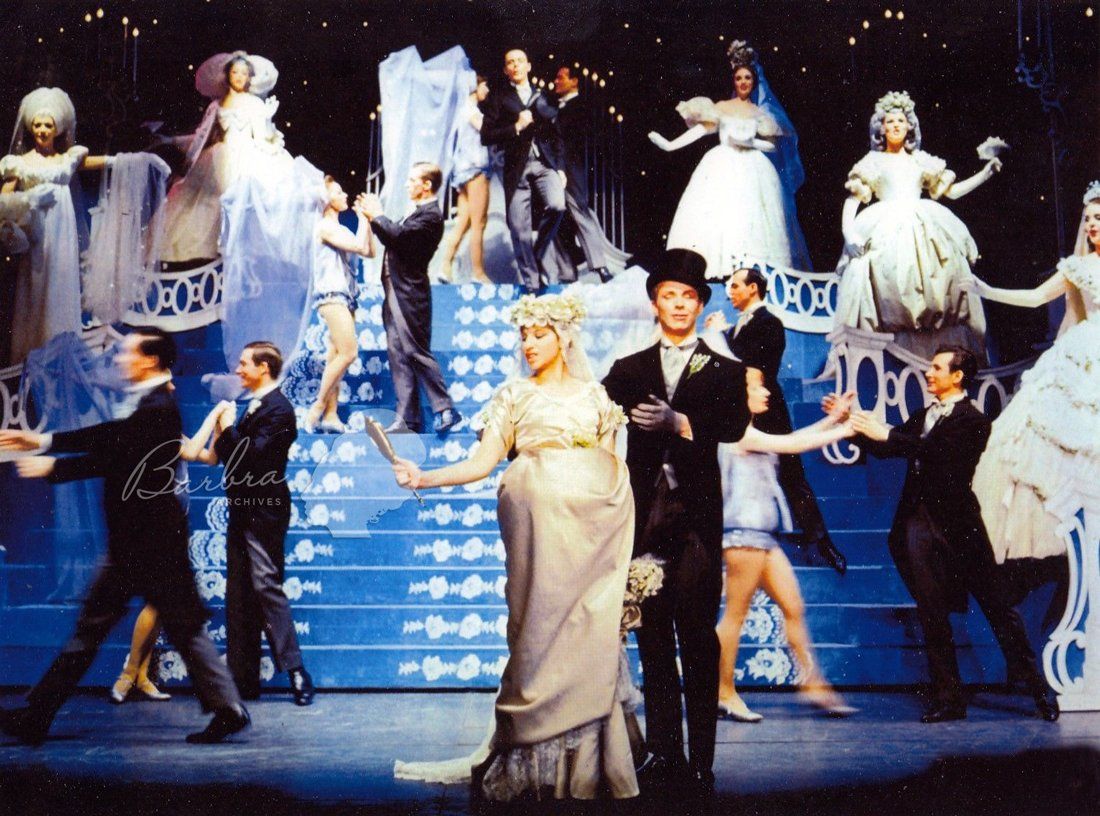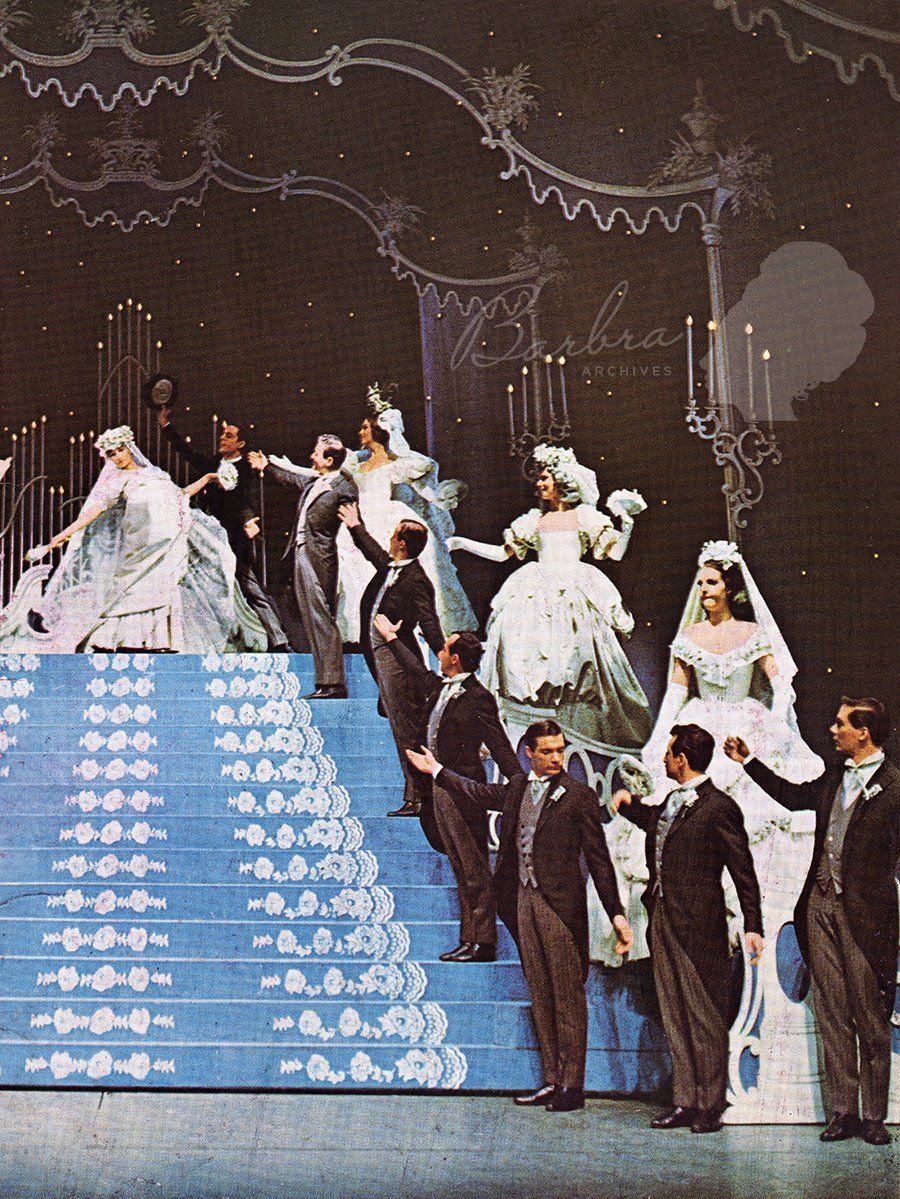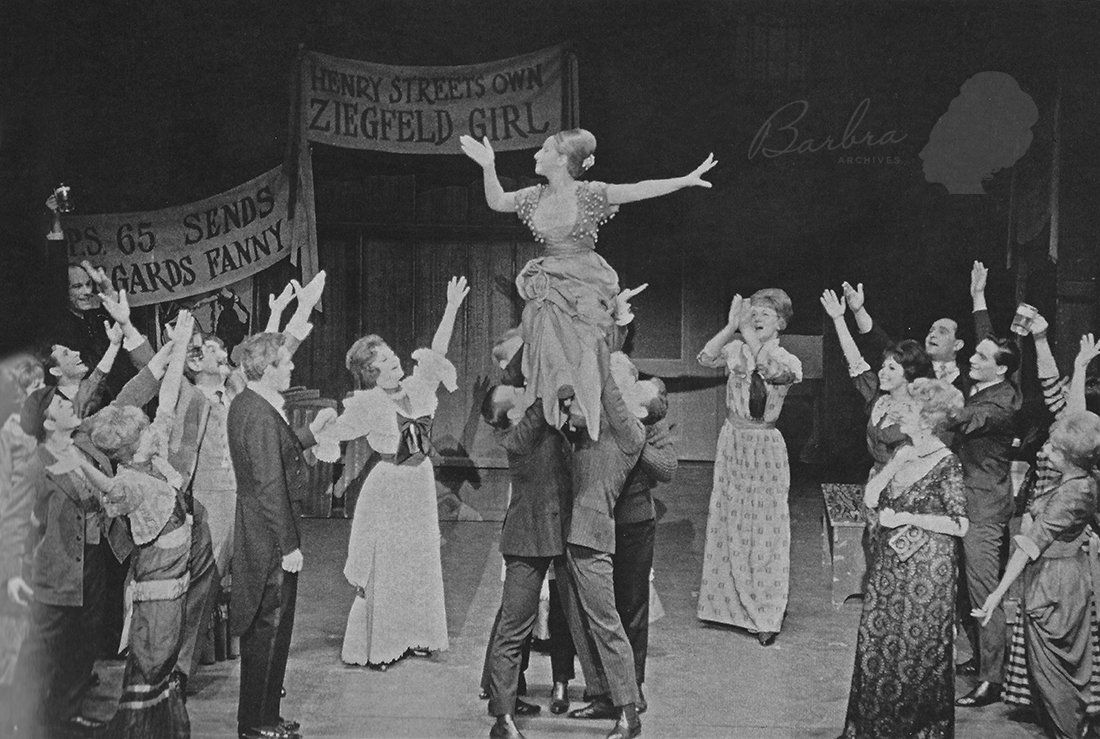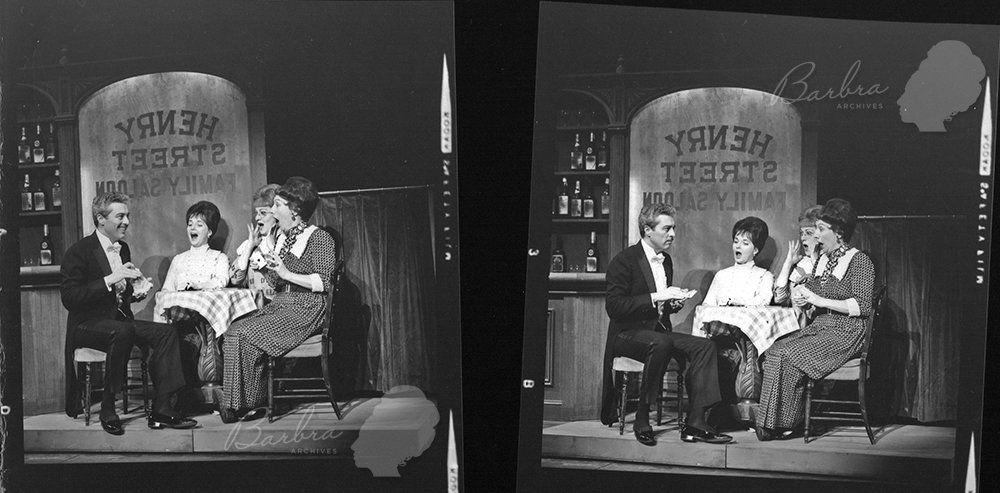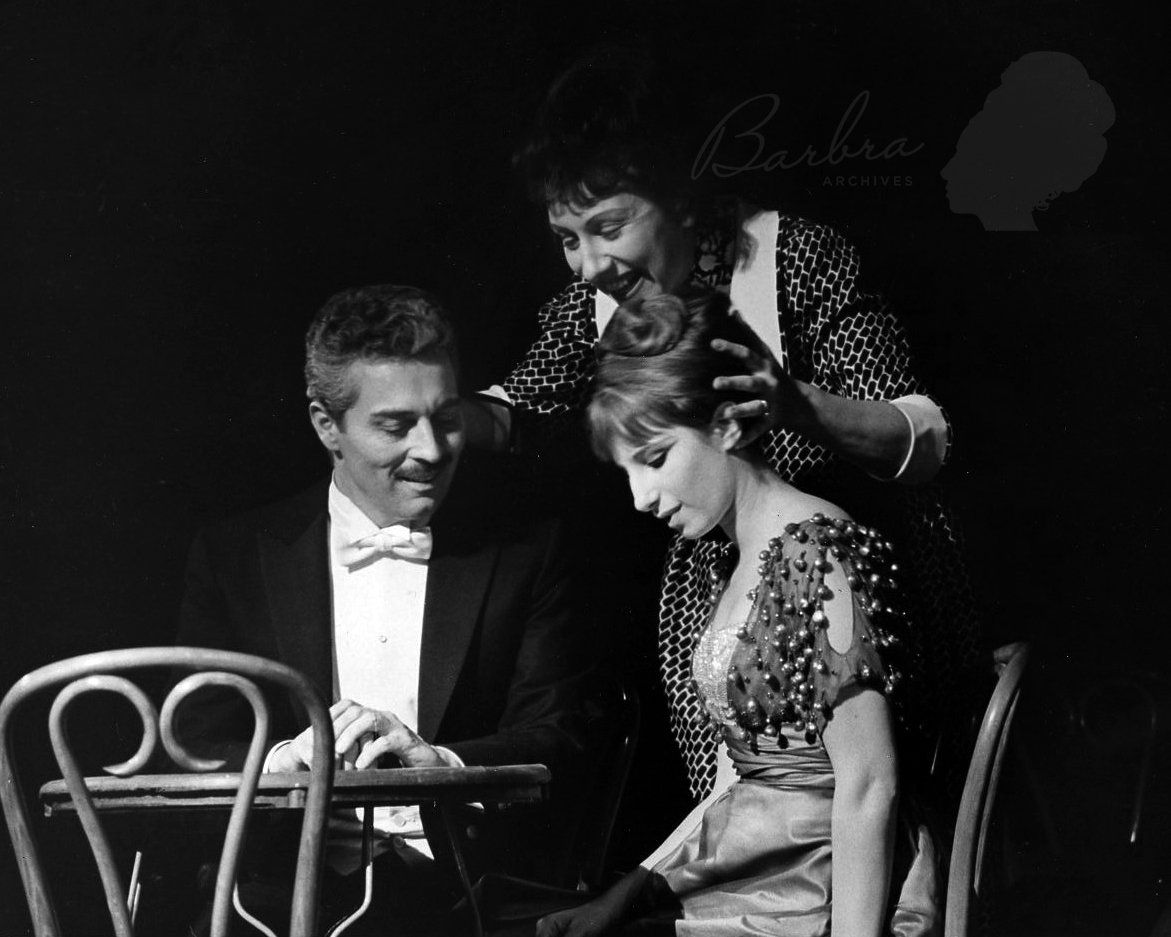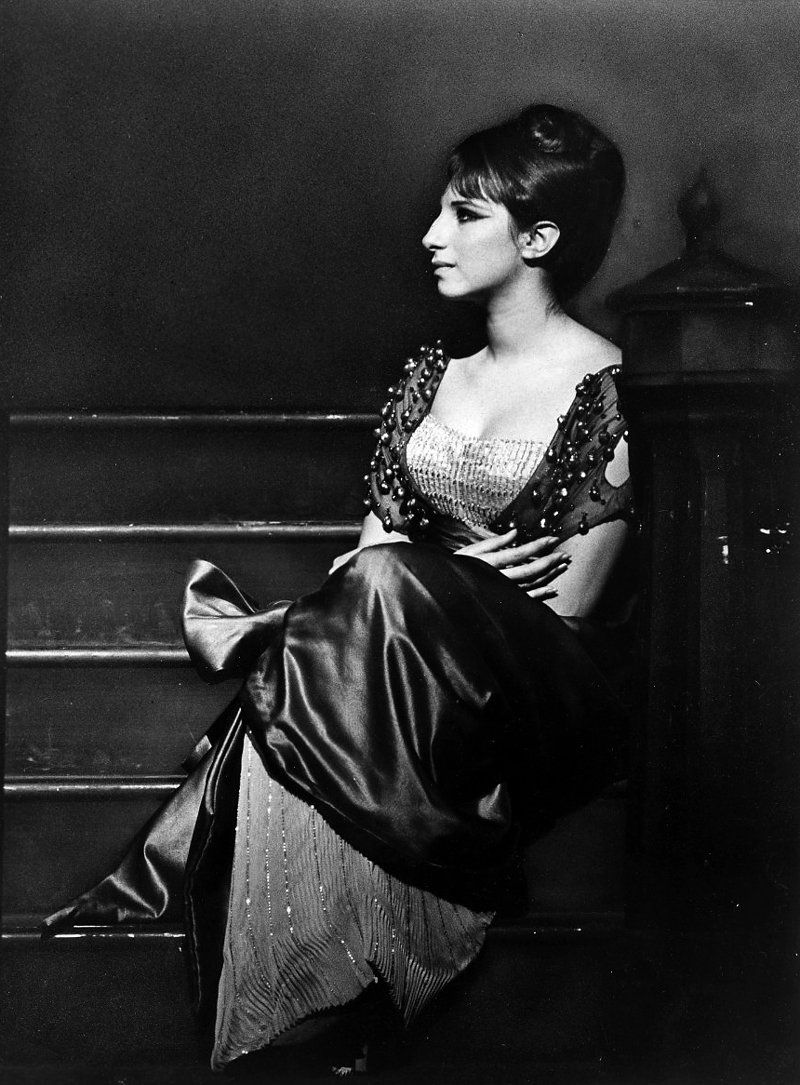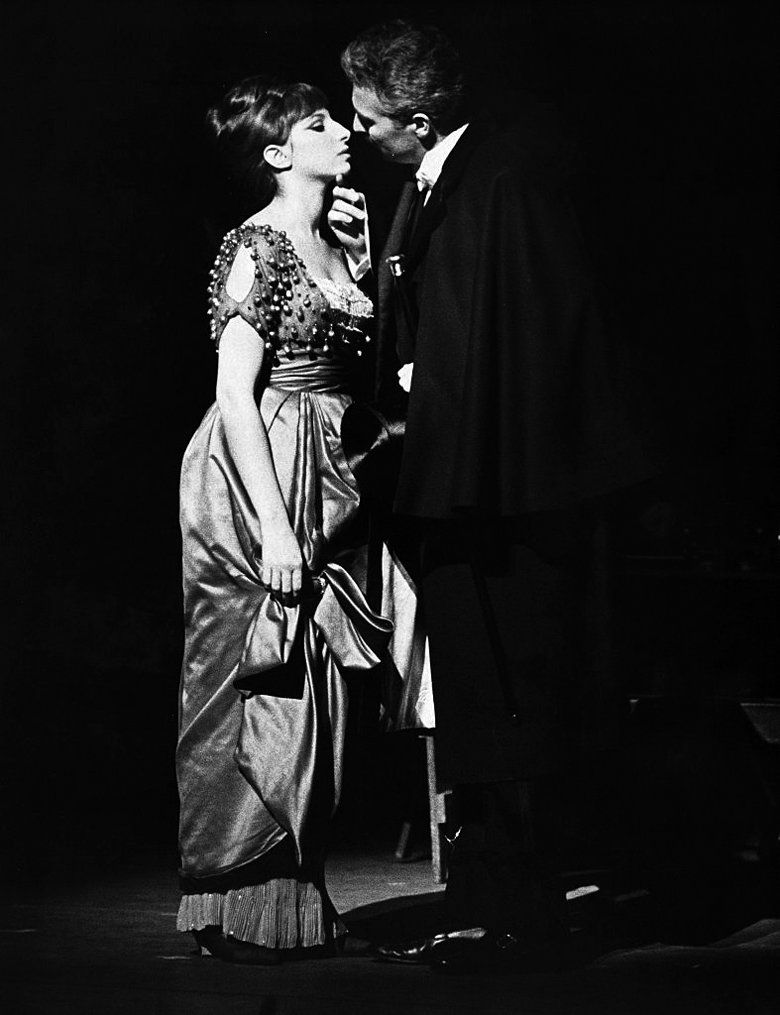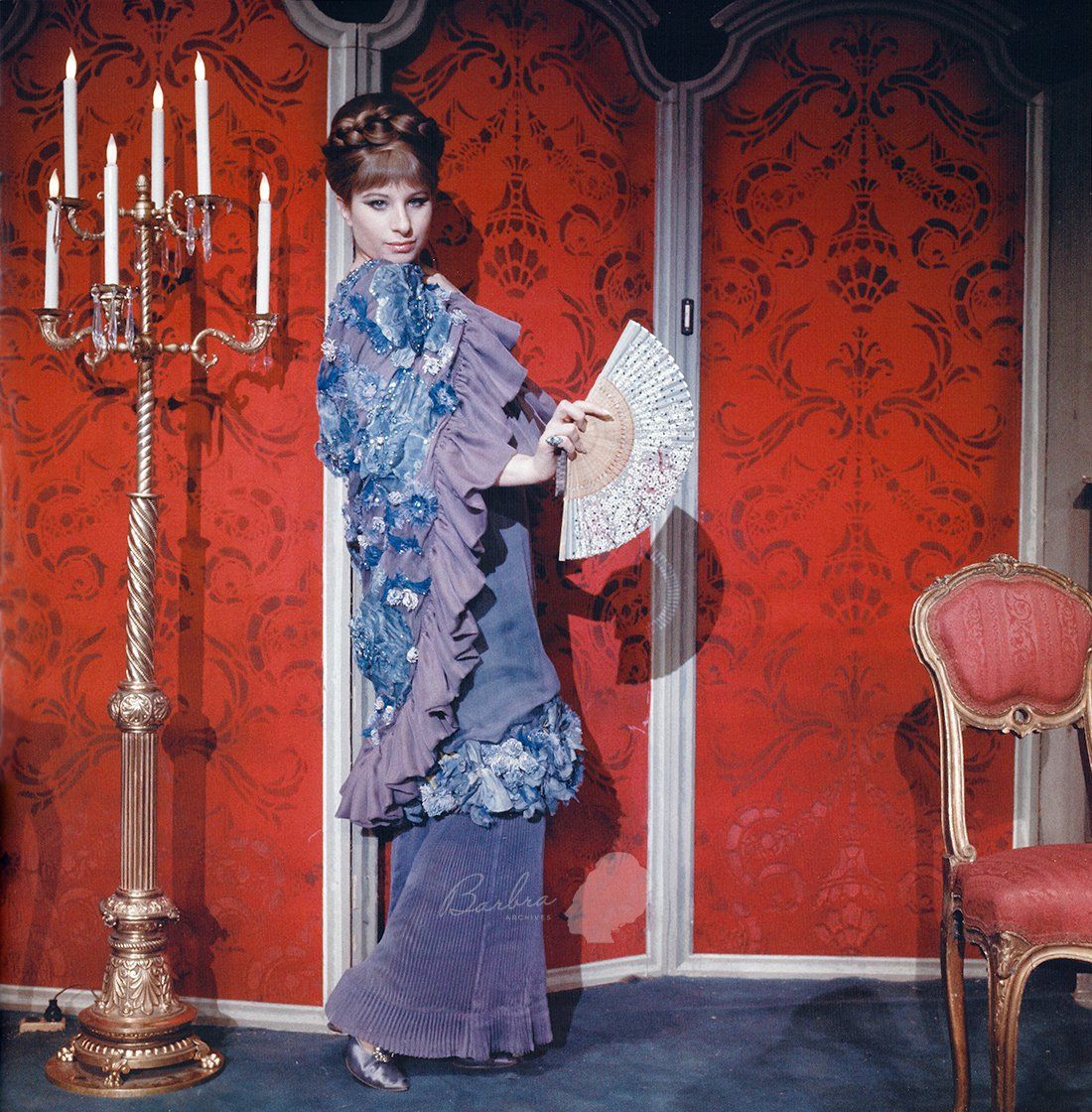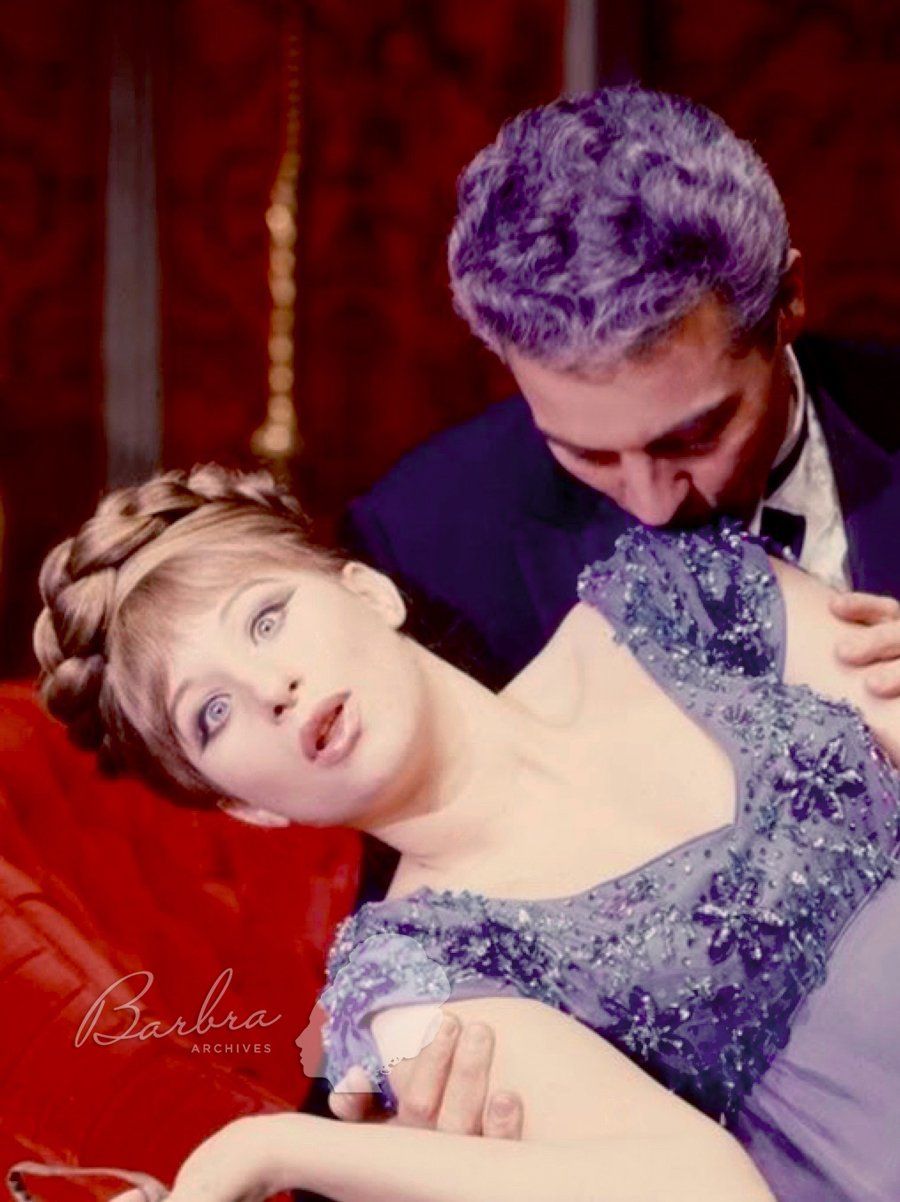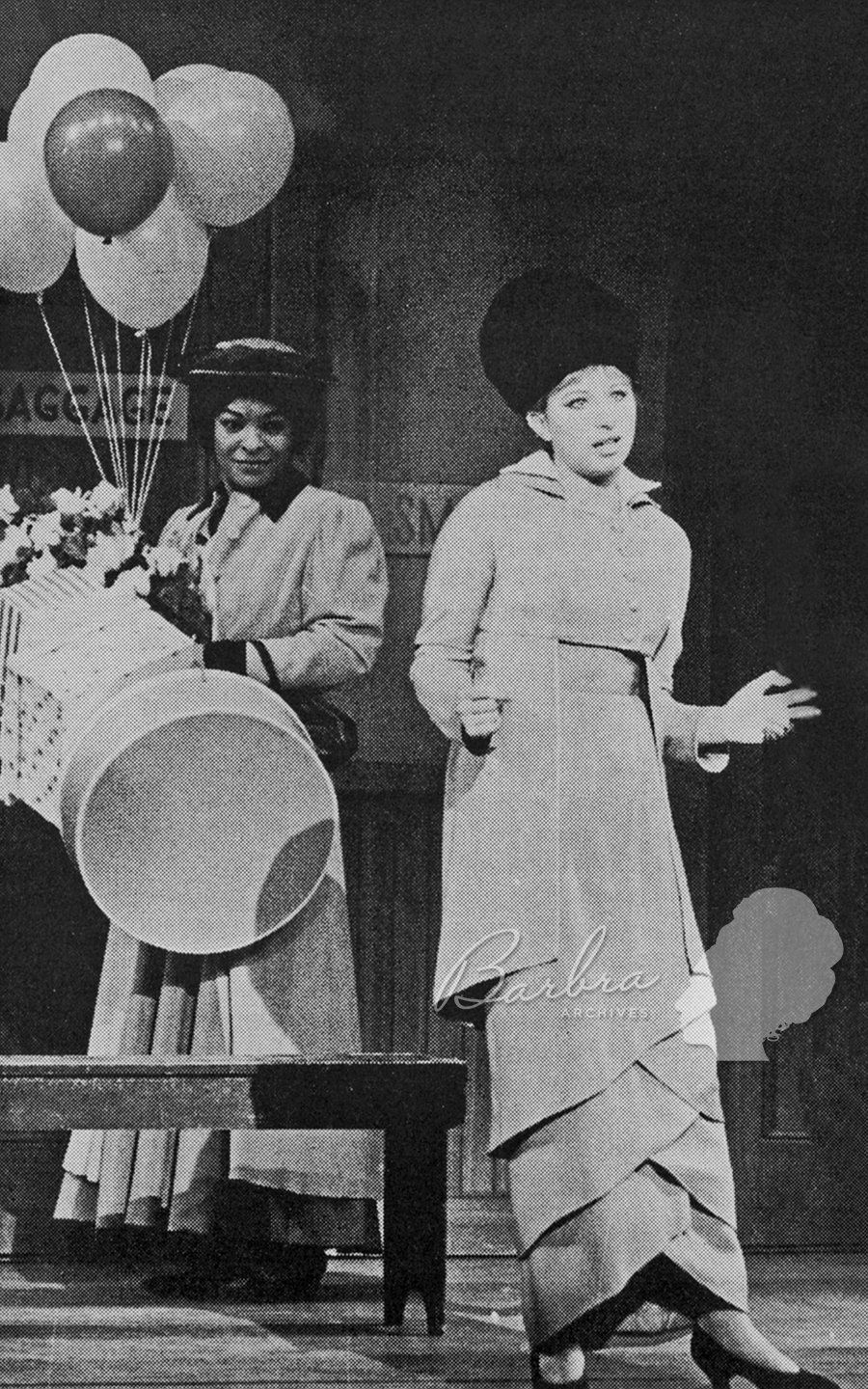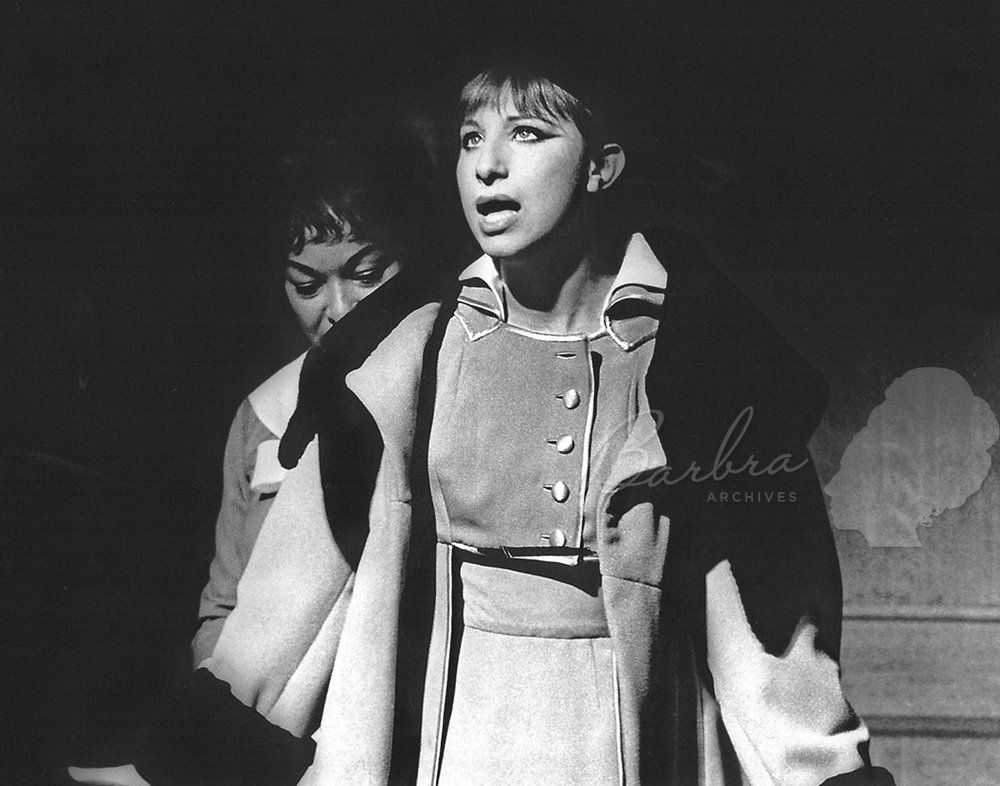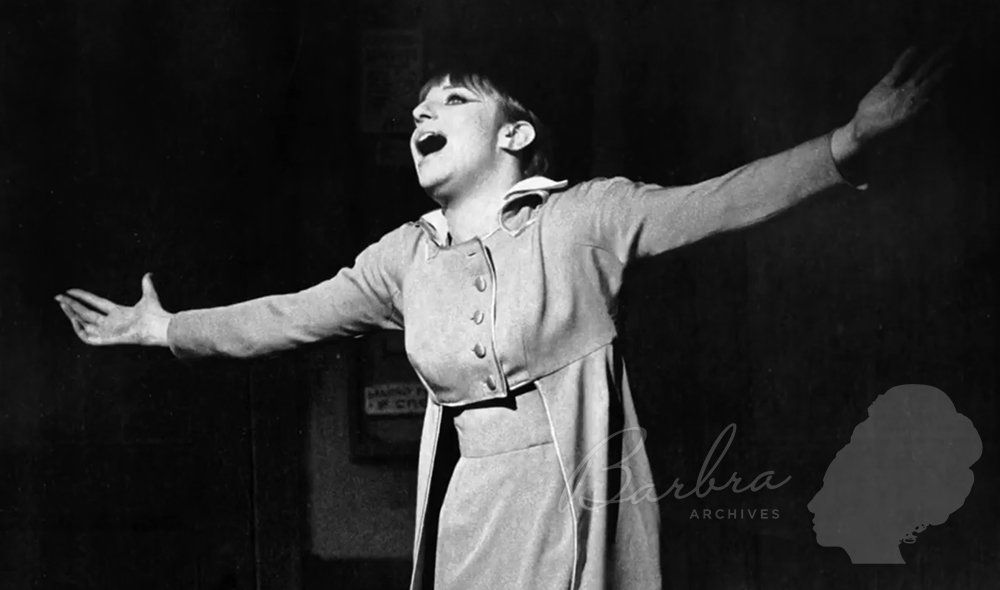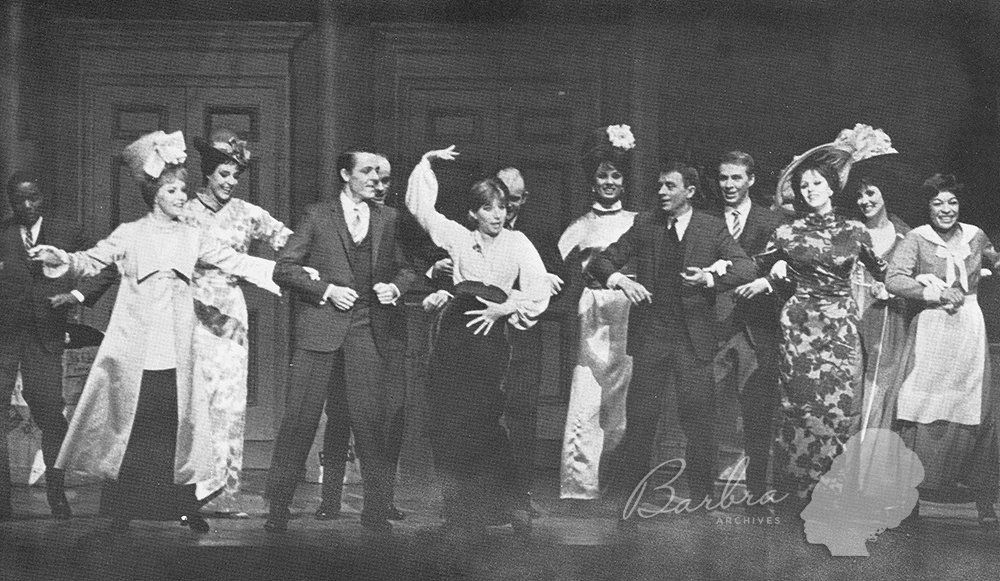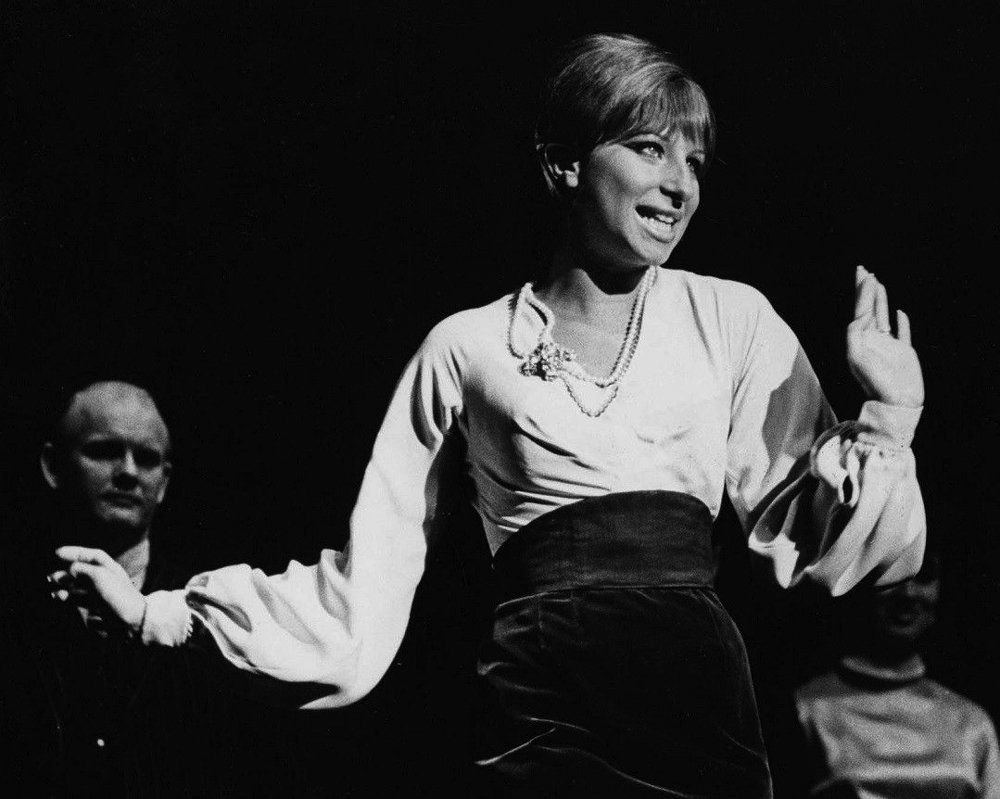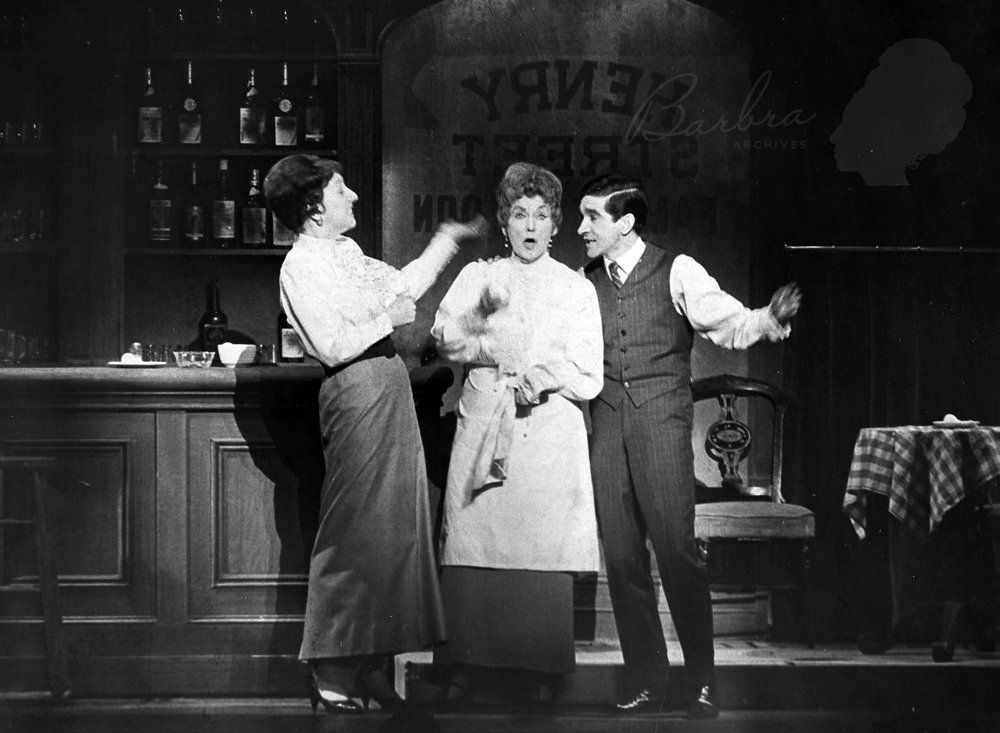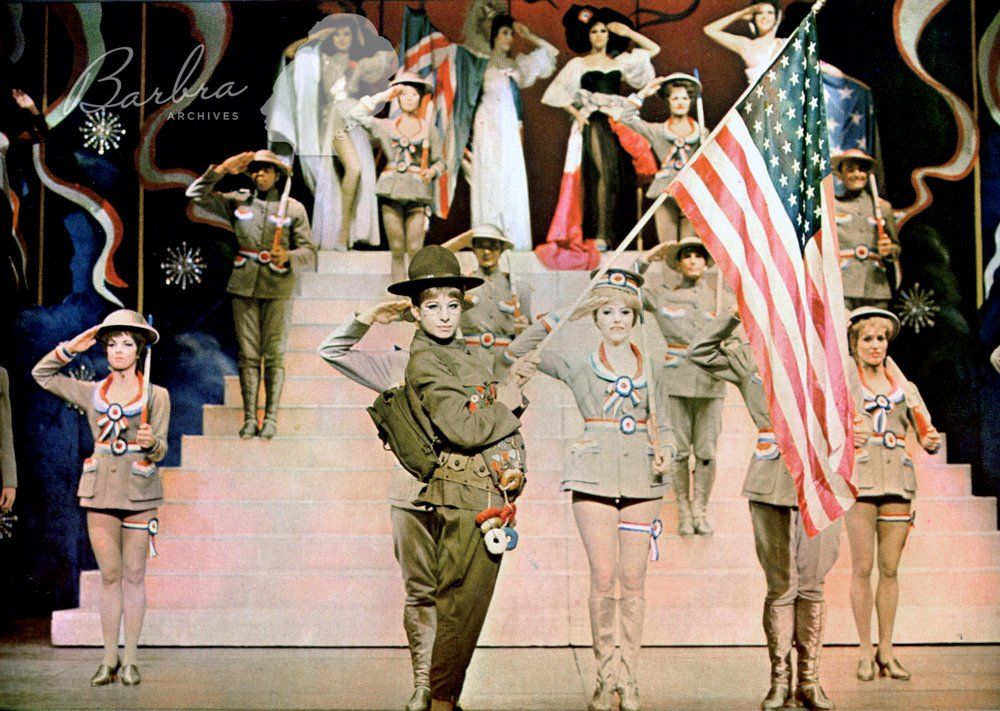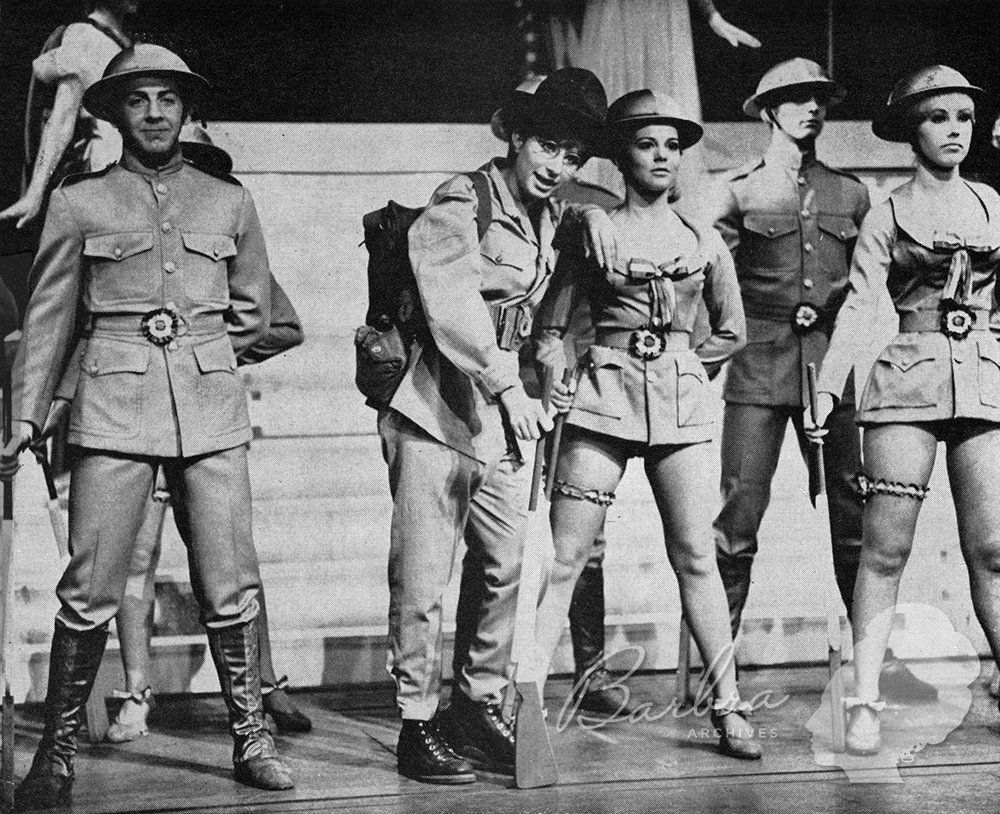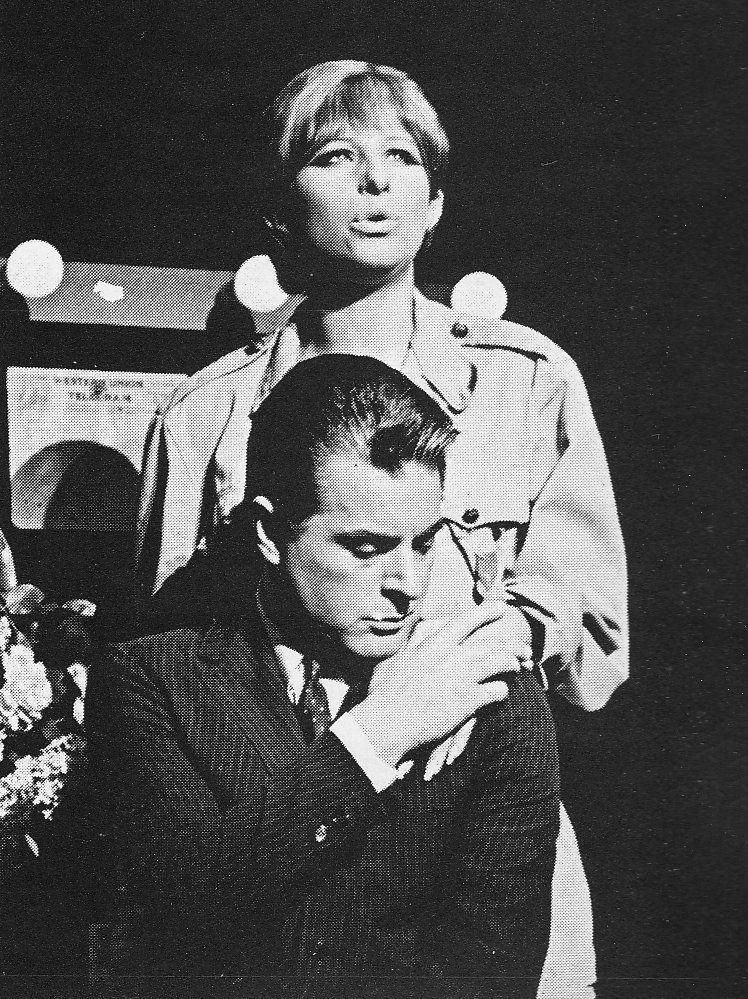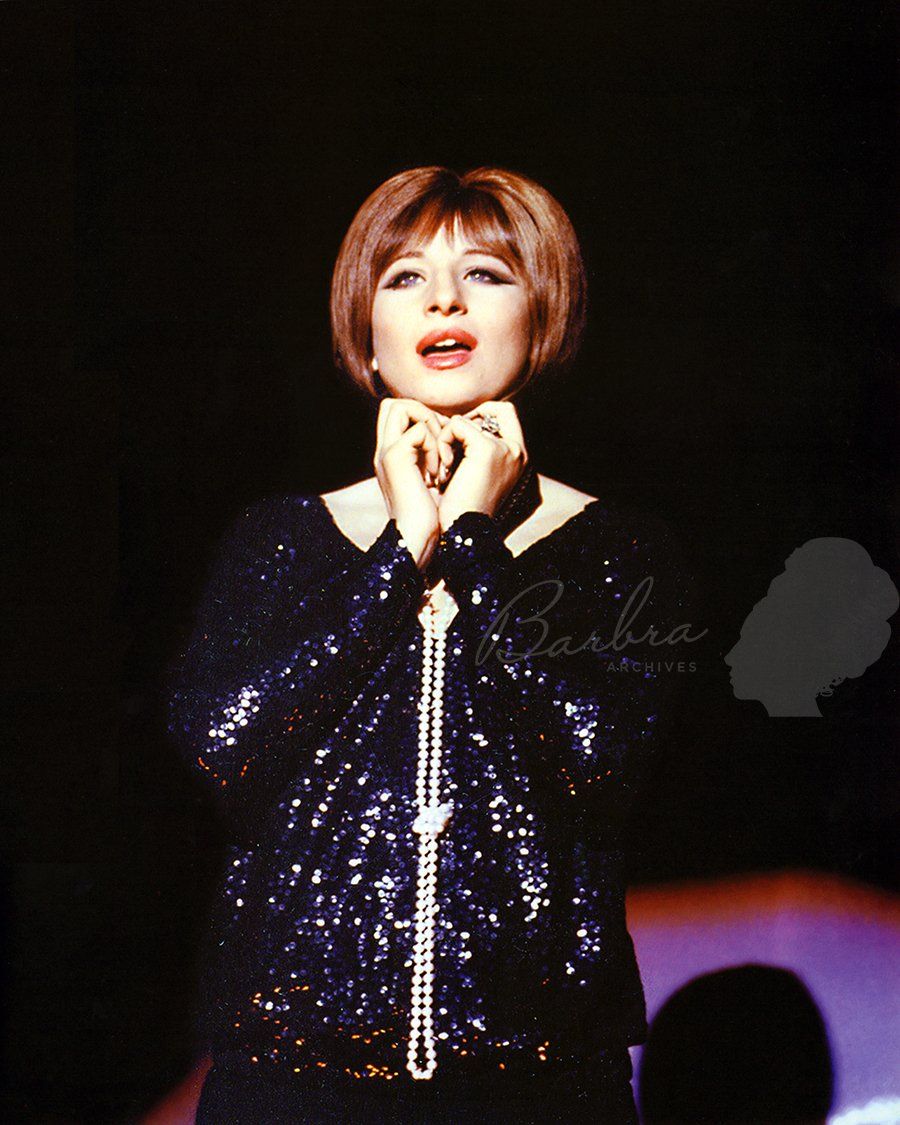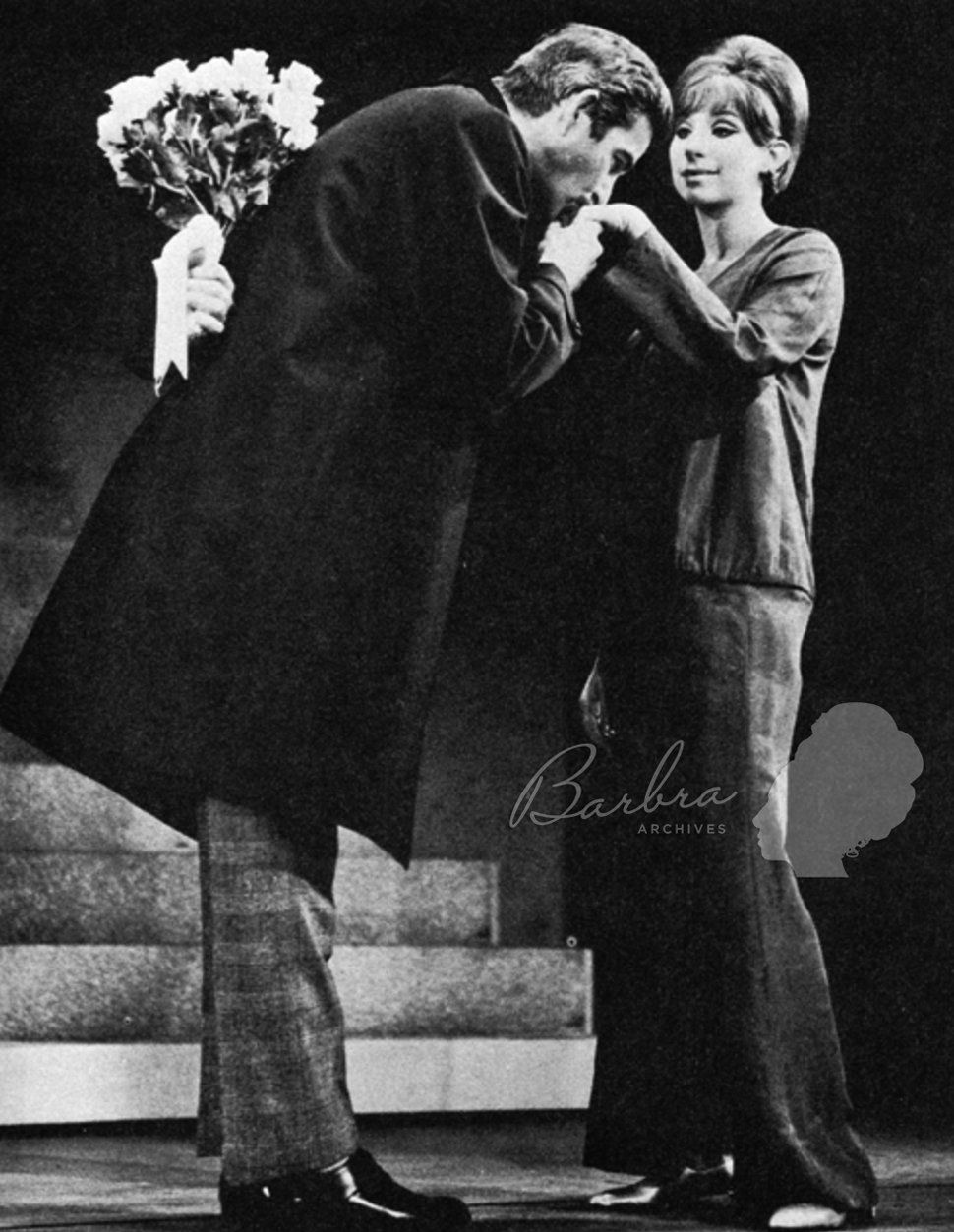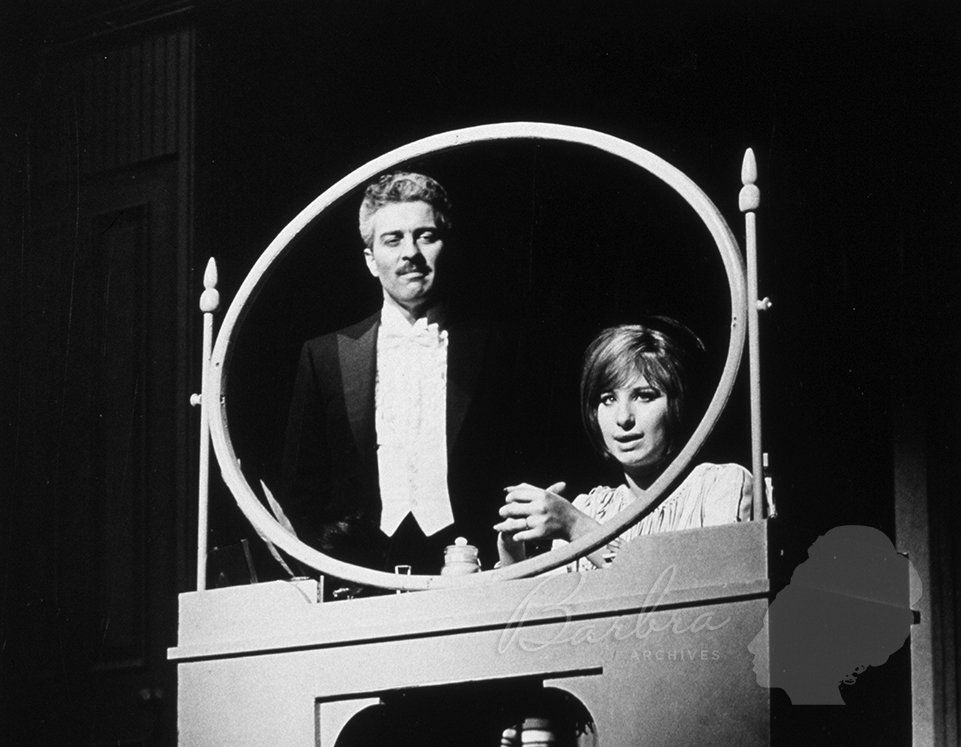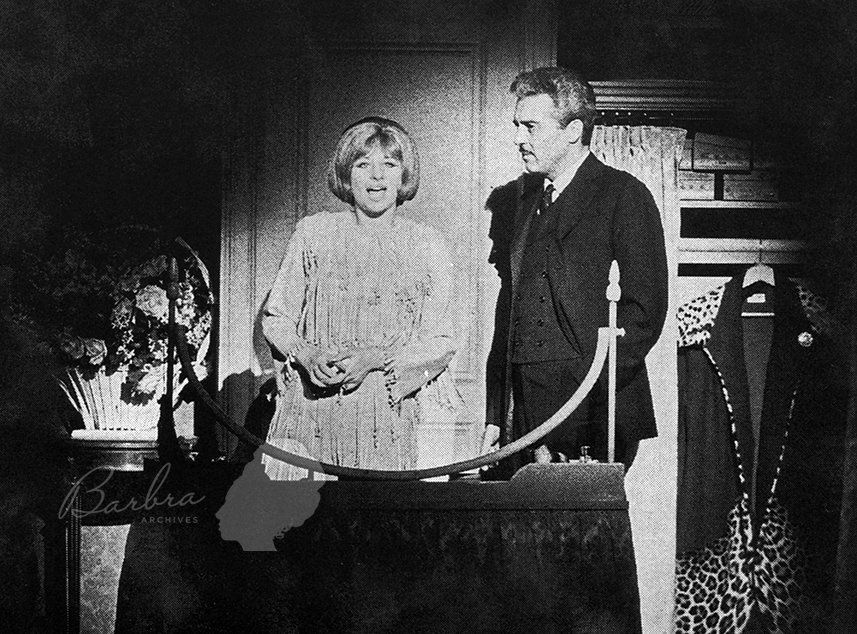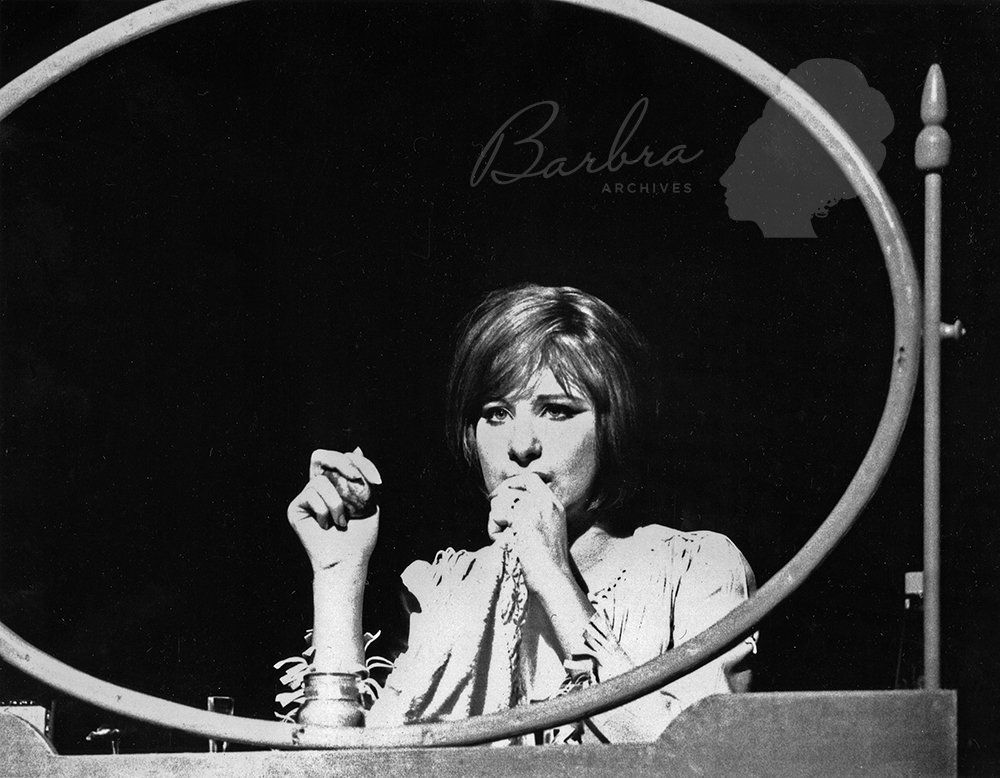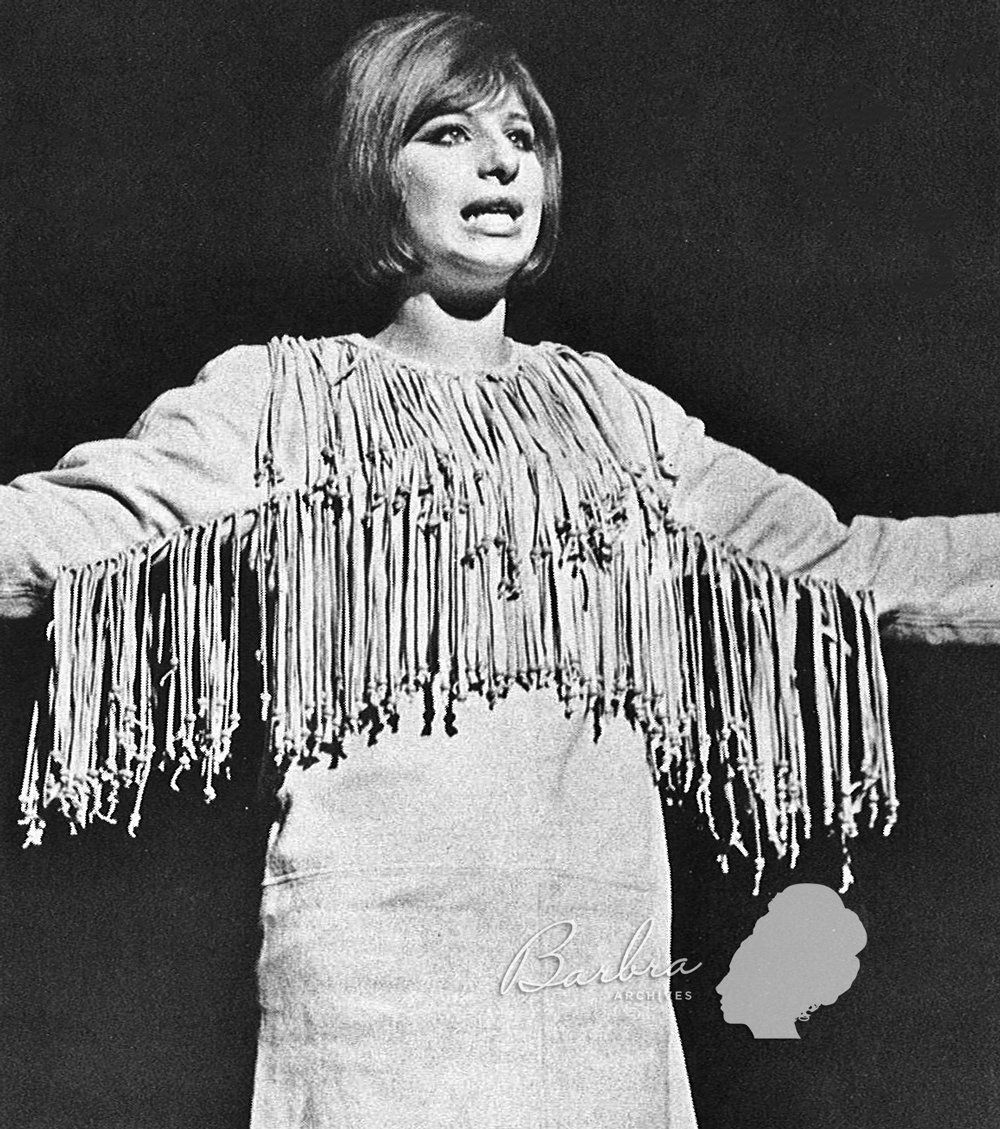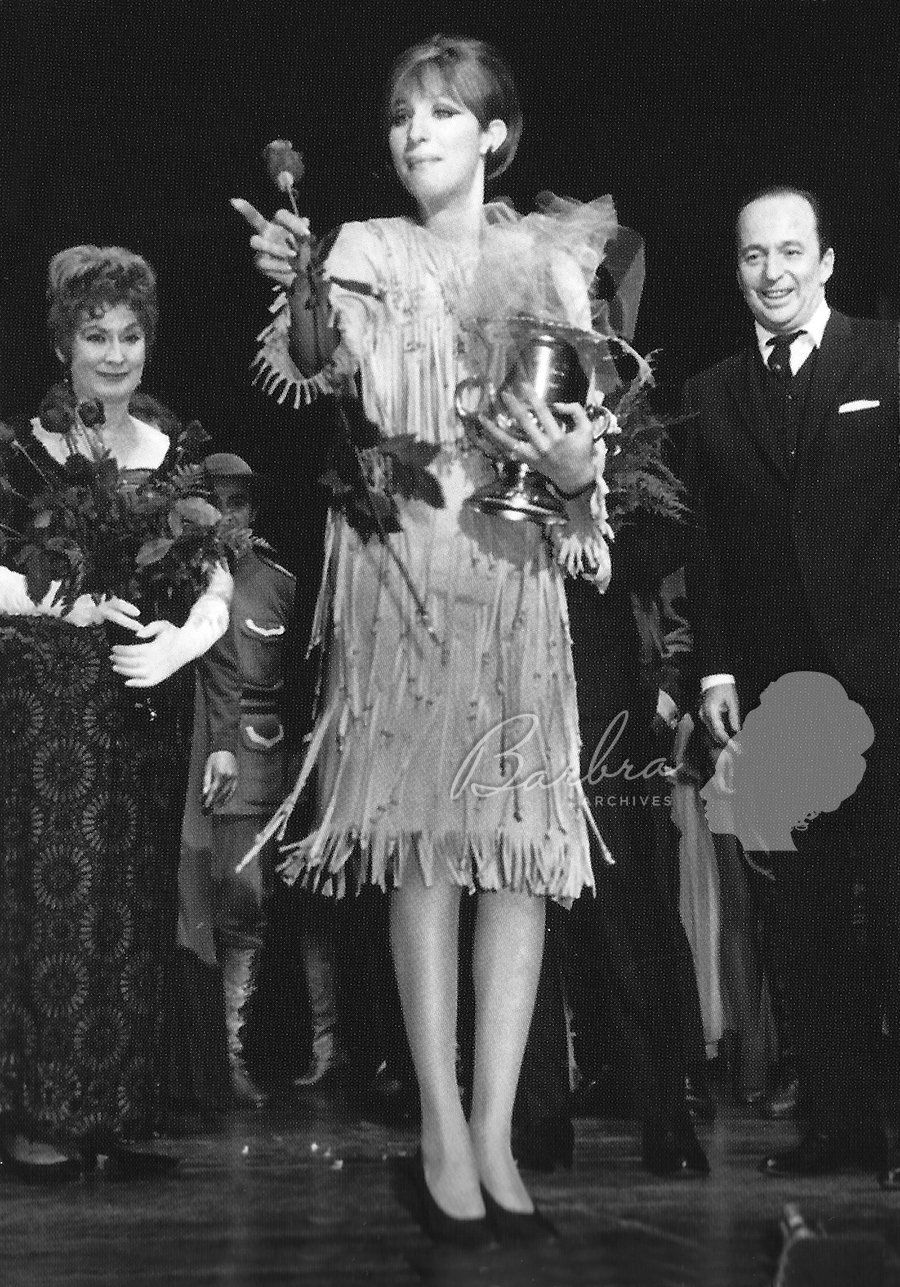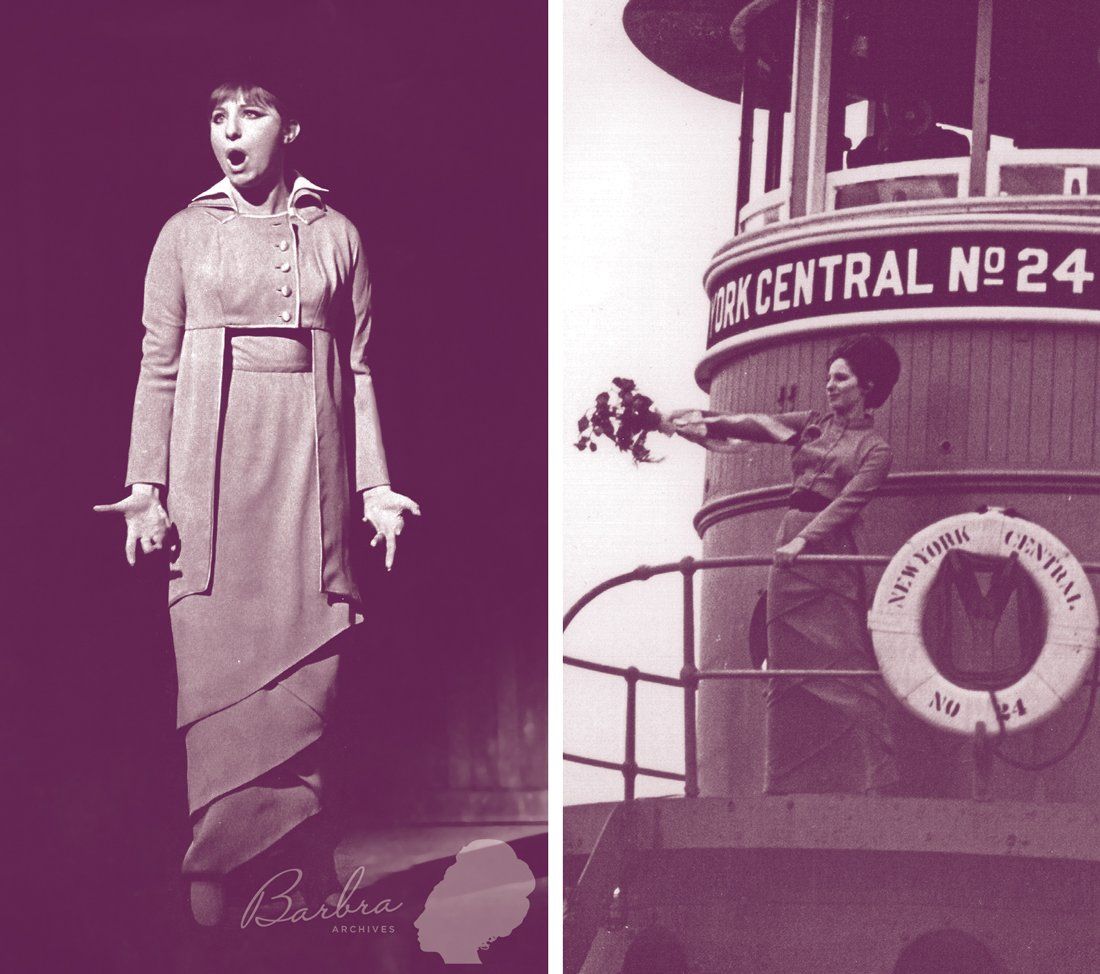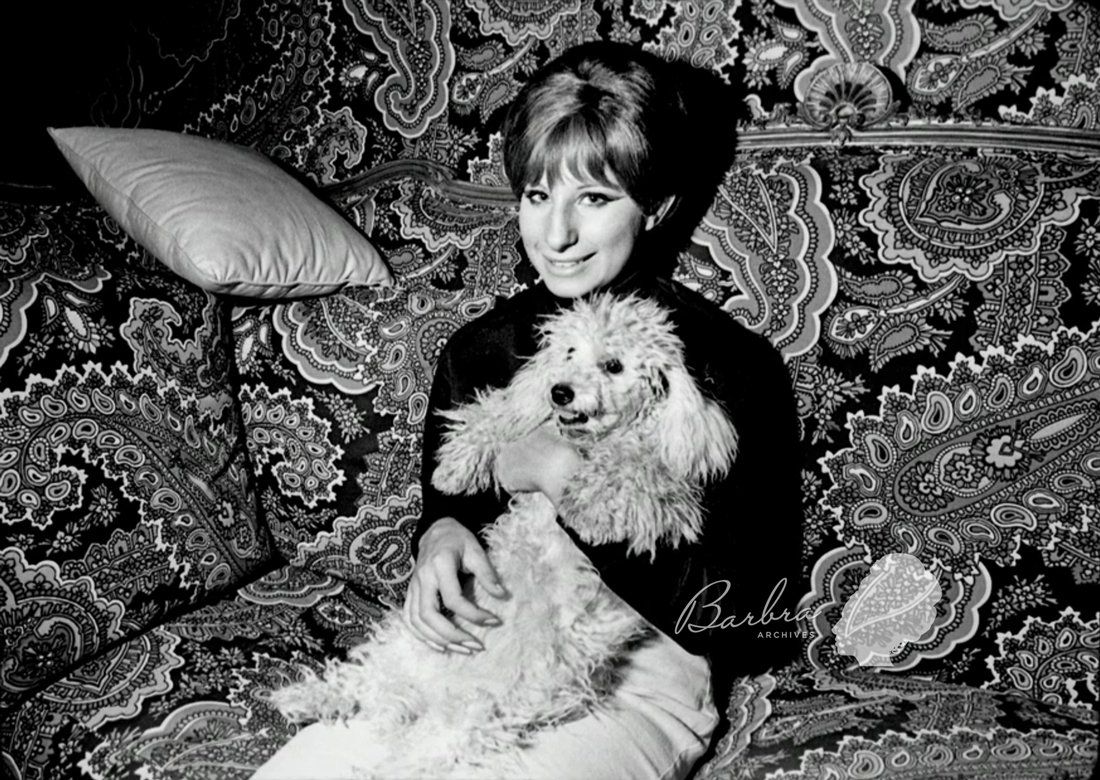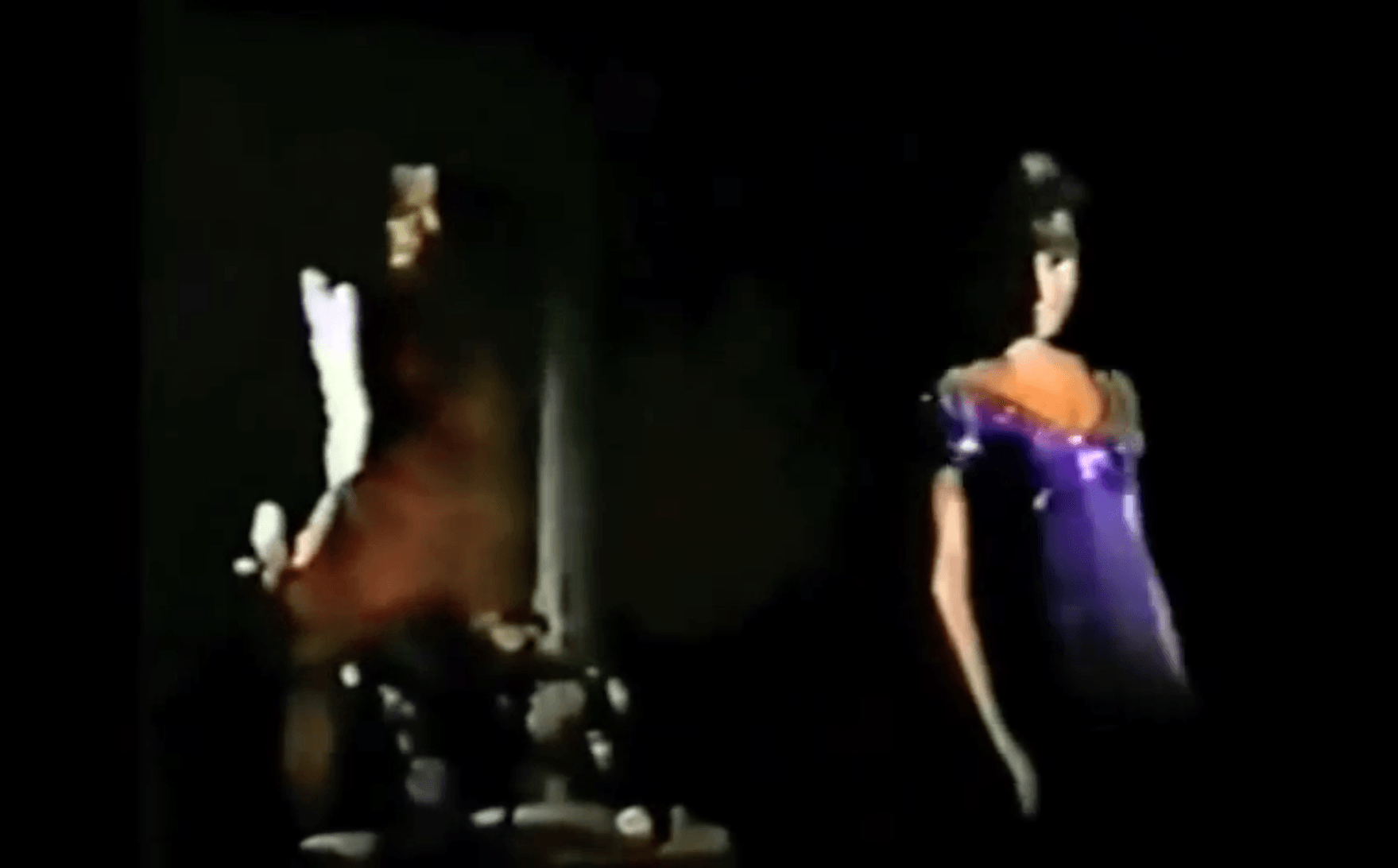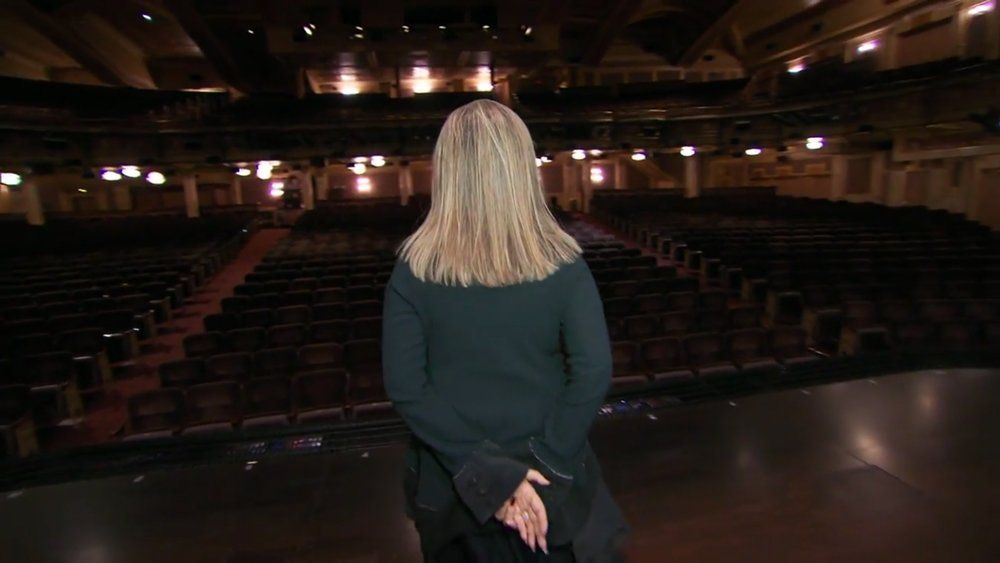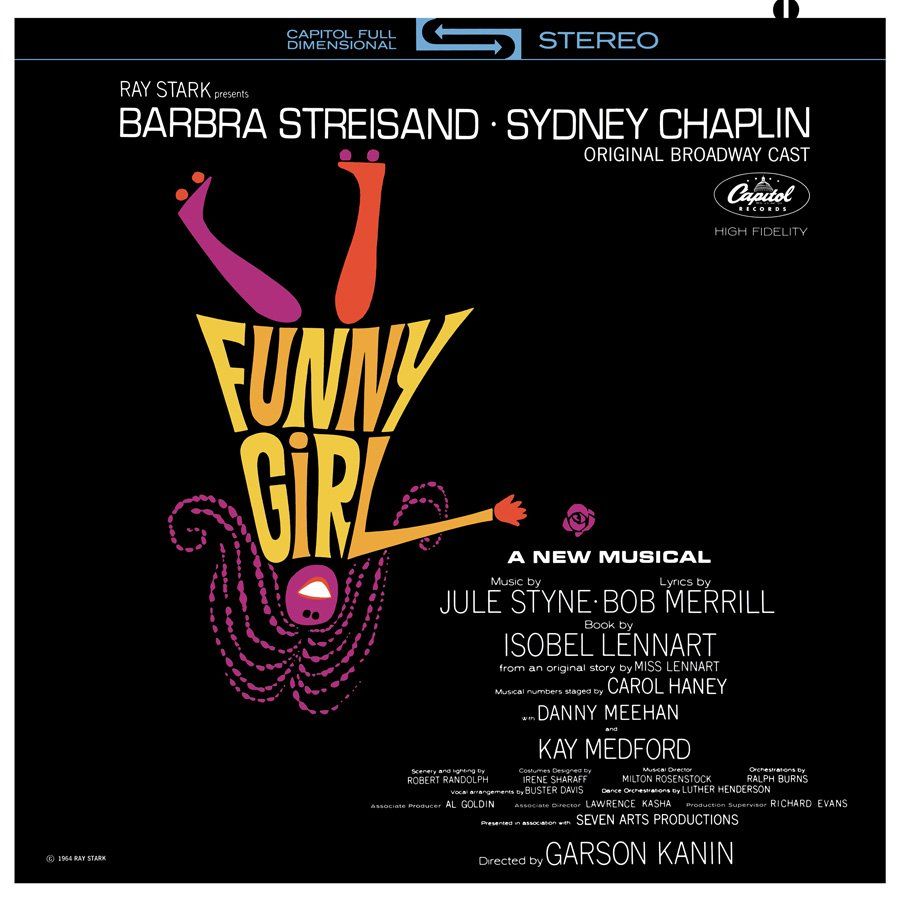Although the 1968 film preserved
Funny Girl
forever cinematically, many Streisand fans have never seen the original Broadway play starring Streisand. The film is very similar to the show ... but new songs were added, others cut, and several characters and scenes changed, too.
The only existing record of the Broadway show is the Capitol Records Original Broadway Cast recording. Unfortunately, Streisand never performed excerpts from her hit show on The Ed Sullivan Show, as was popular in the day.
The Broadway Funny Girl has been documented for posterity, however: there are photos of Streisand and cast on stage at the Winter Garden; Random House published the Broadway script by Isobel Lennart in 1964 — which contained the dialogue, lyrics, and stage directions (ISBN 0394405811); home movies were taken of the cast performing on stage by one of the Funny Girl
dancers; and, reportedly, three audio recordings of the live stage show exist: closing night, a show from early in the run, and a London show. On those recordings, one can hear the complete show with dialogue and songs as well as the orchestral arrangements (which differed from the cast recording).
In a nutshell, the movie did not utilize the following Broadway songs: Cornet Man, Who Taught Her Everything, I Want to Be Seen With You Tonight, Henry Street, Find Yourself a Man, Rat-Tat-Tat-Tat, Who Are You Now?
and The Music That Makes Me Dance
as well as the Broadway finale, Don't Rain on My Parade (Reprise).
Barbra Archives thought it would be interesting to compare the stage play of Funny Girl
to the film version and see where they differ. The sections & songs below are in order the way they appear in the story, from beginning to end.

